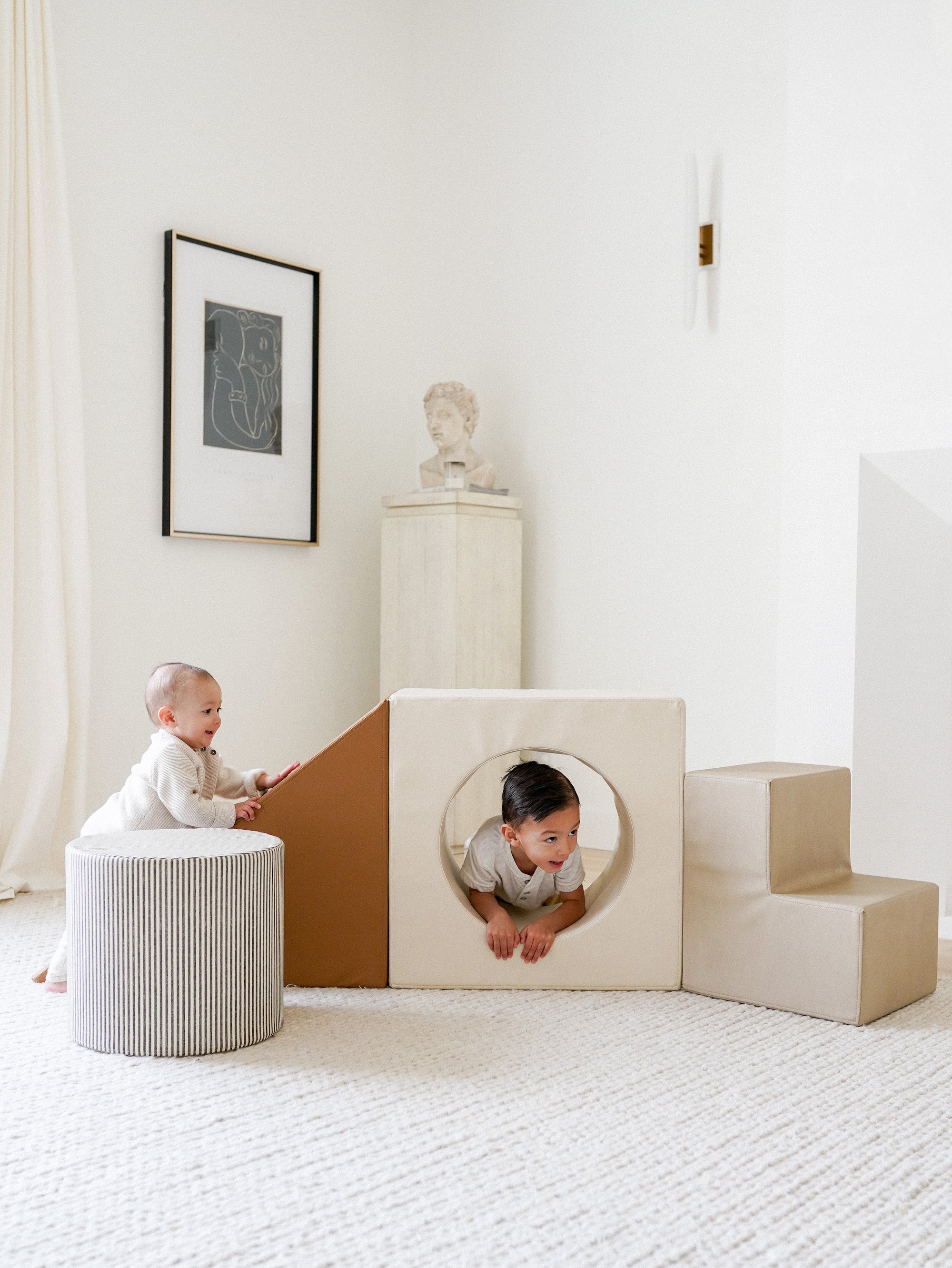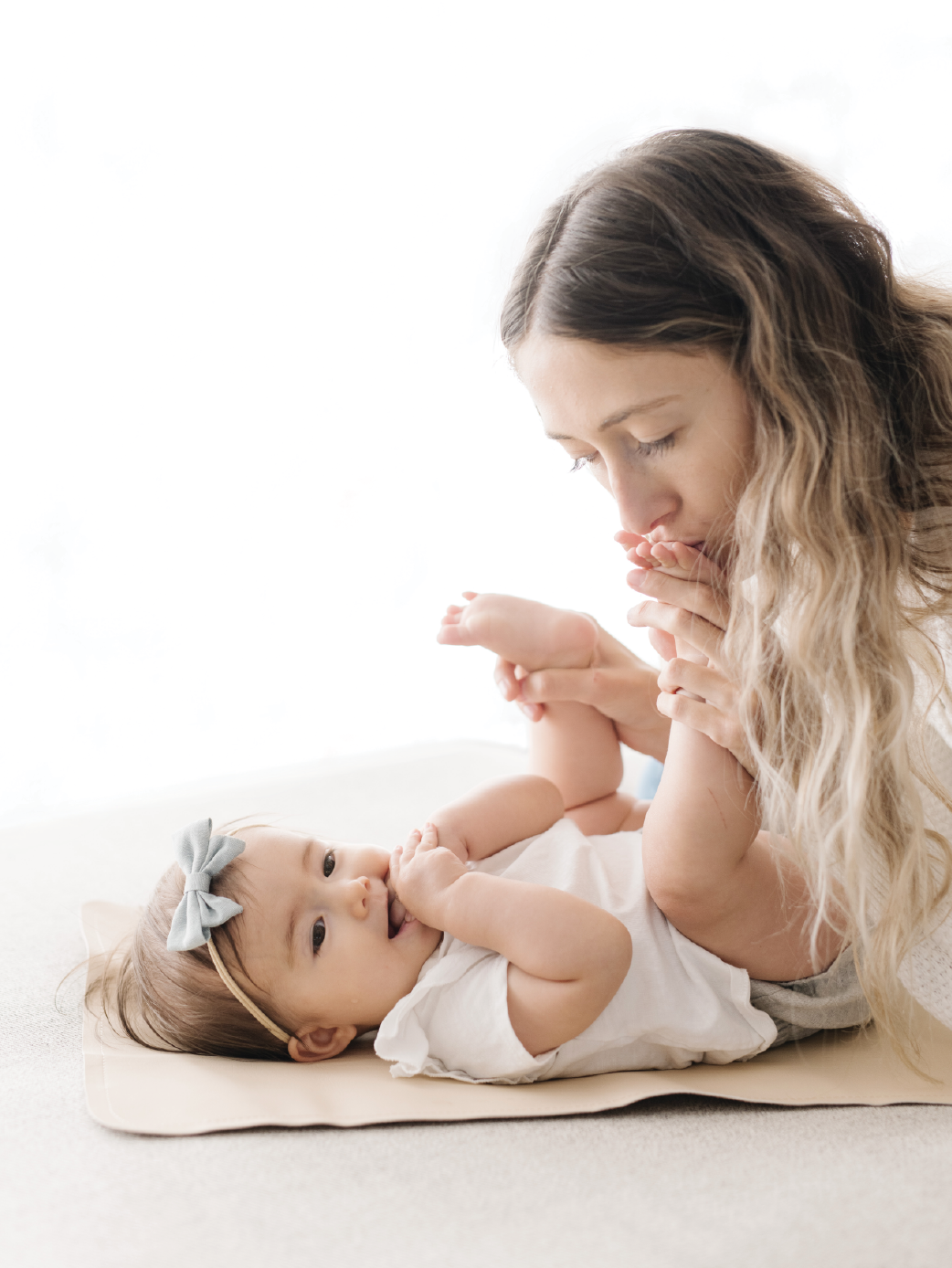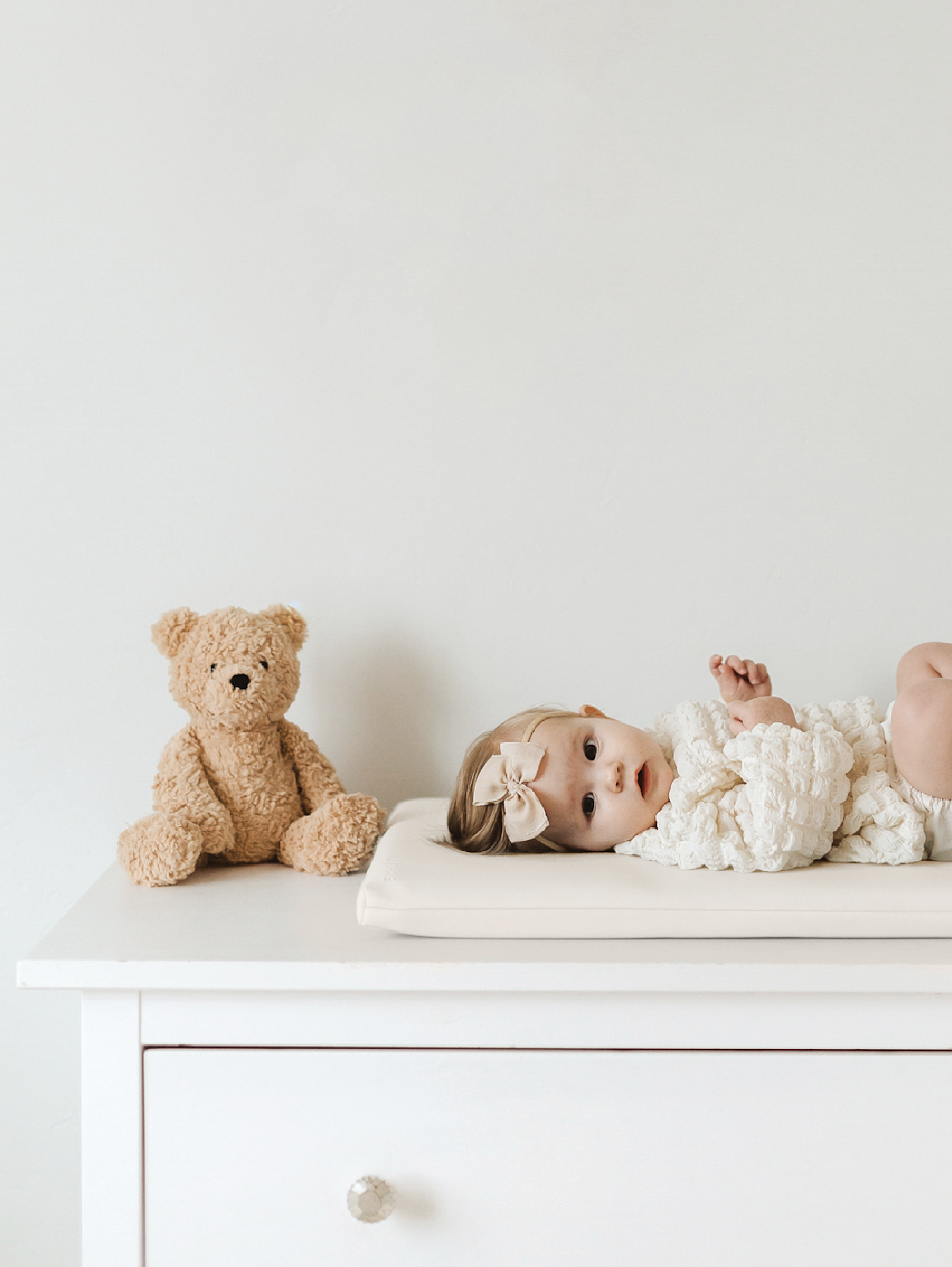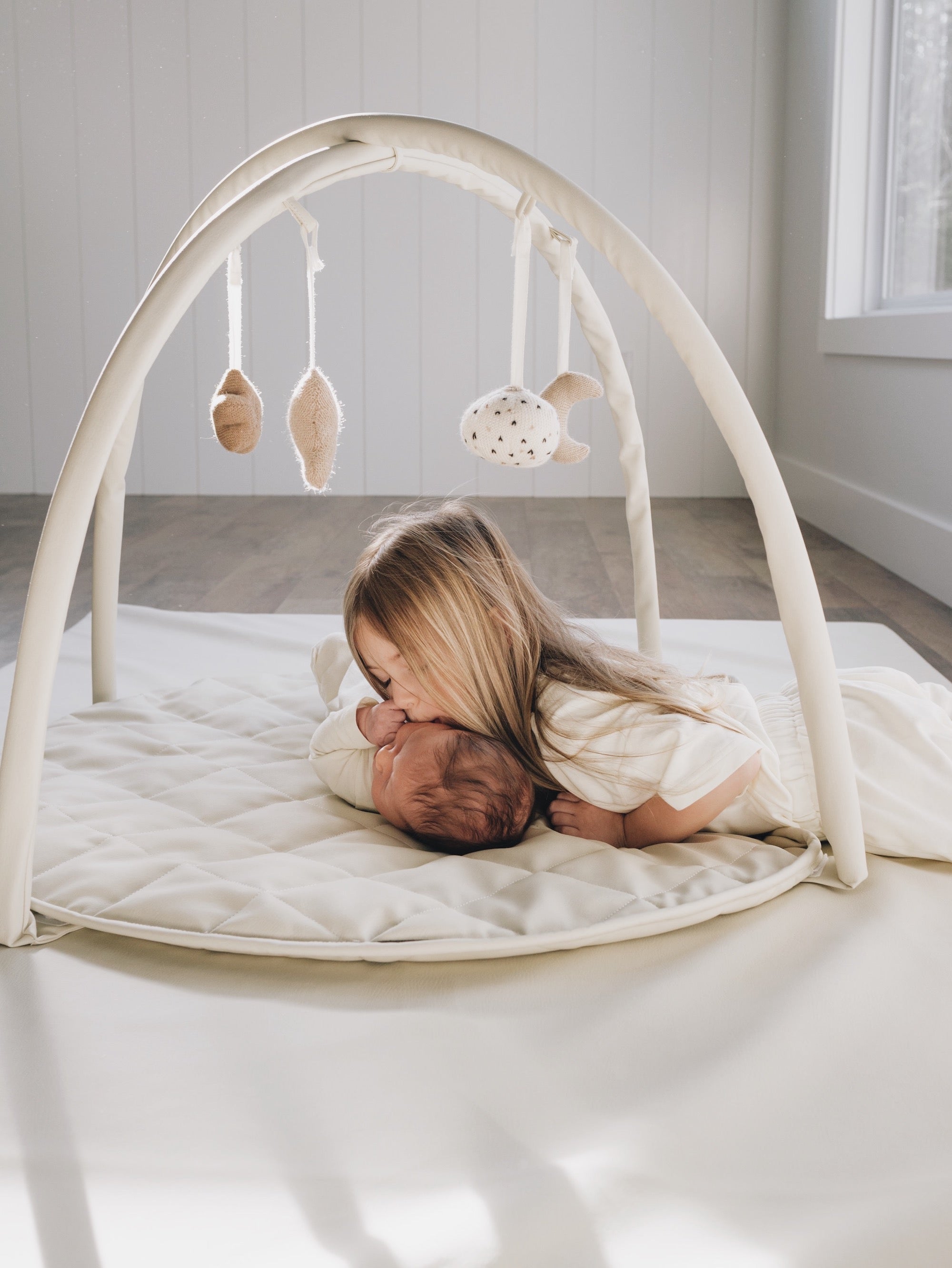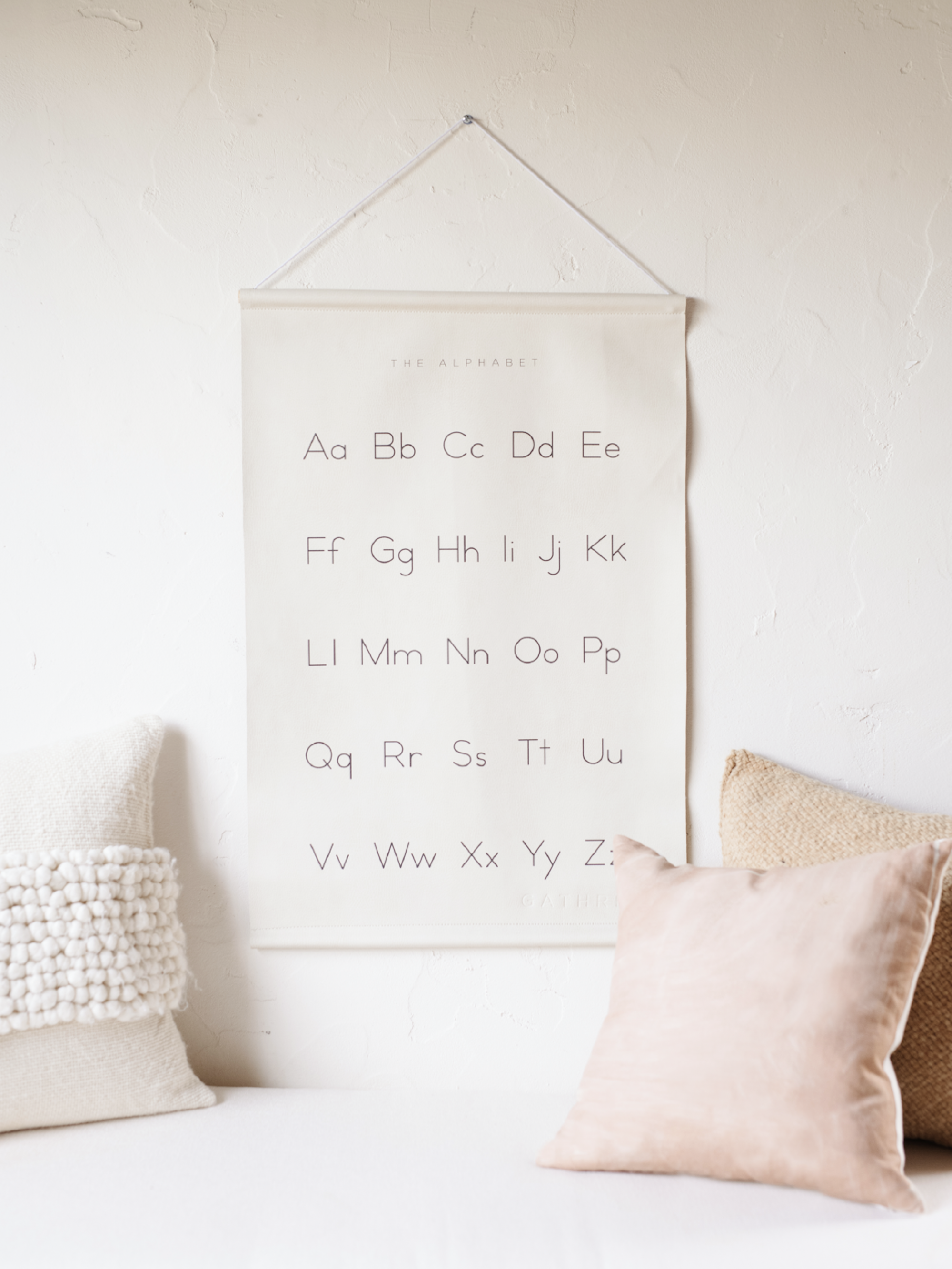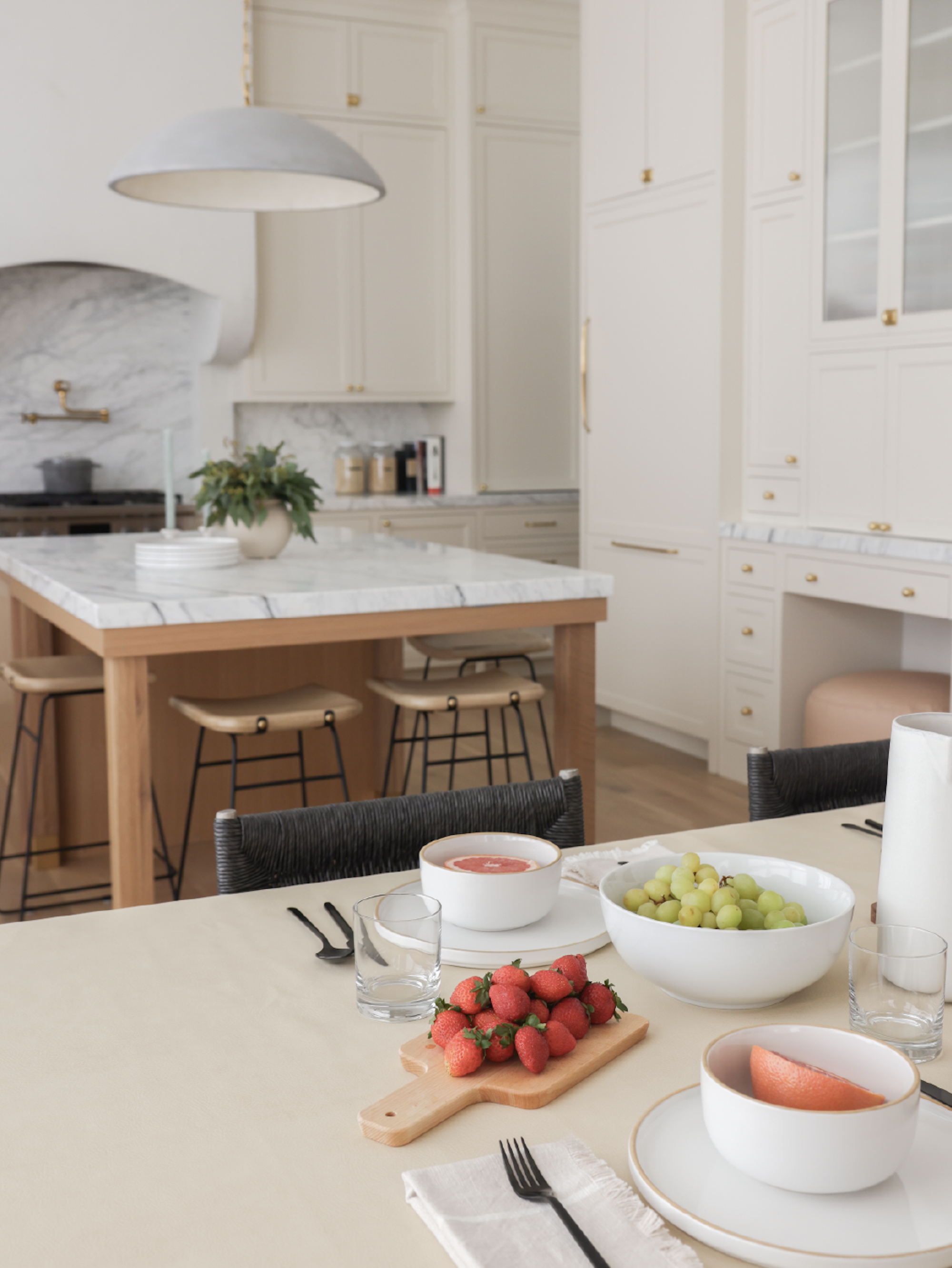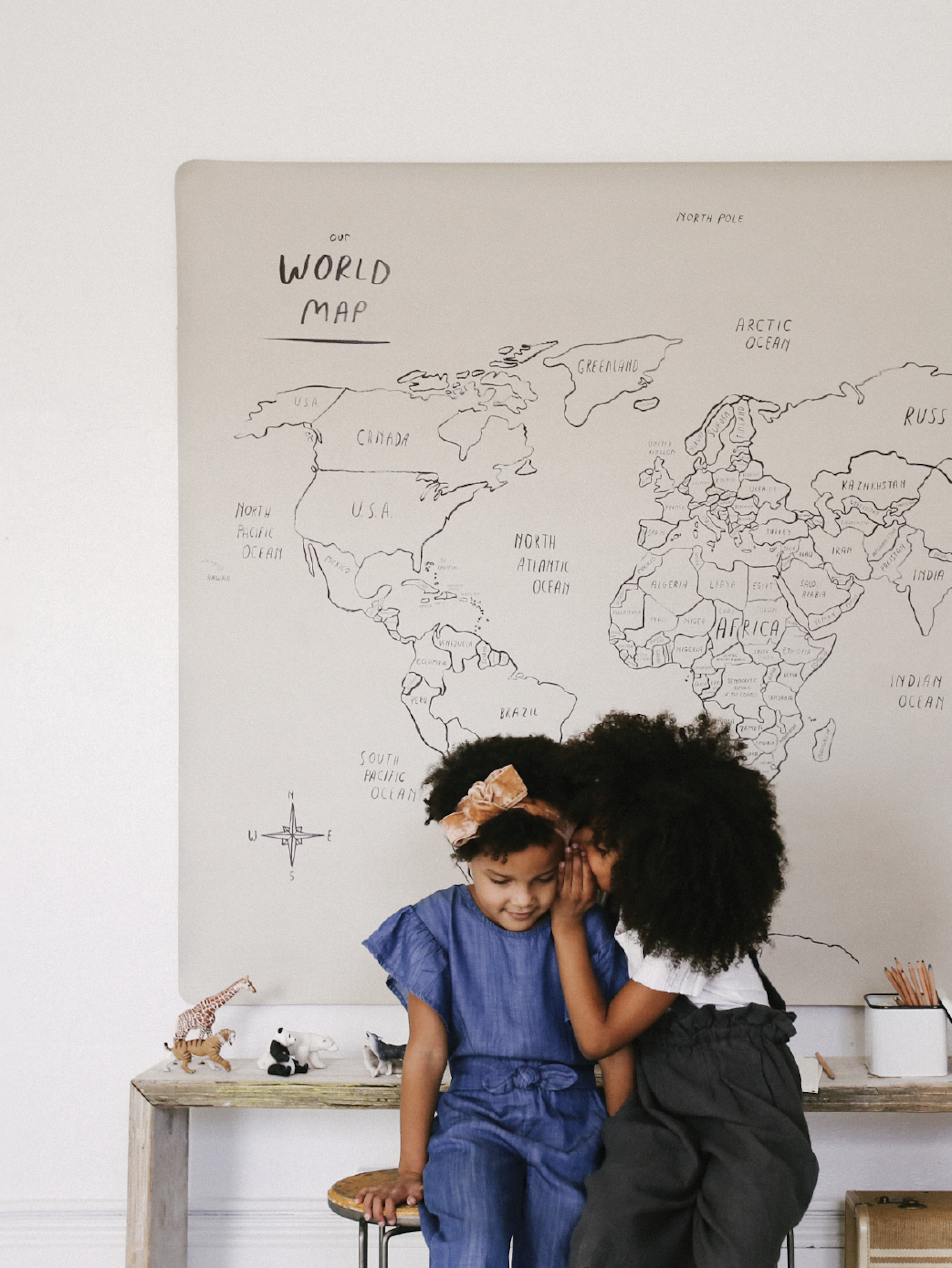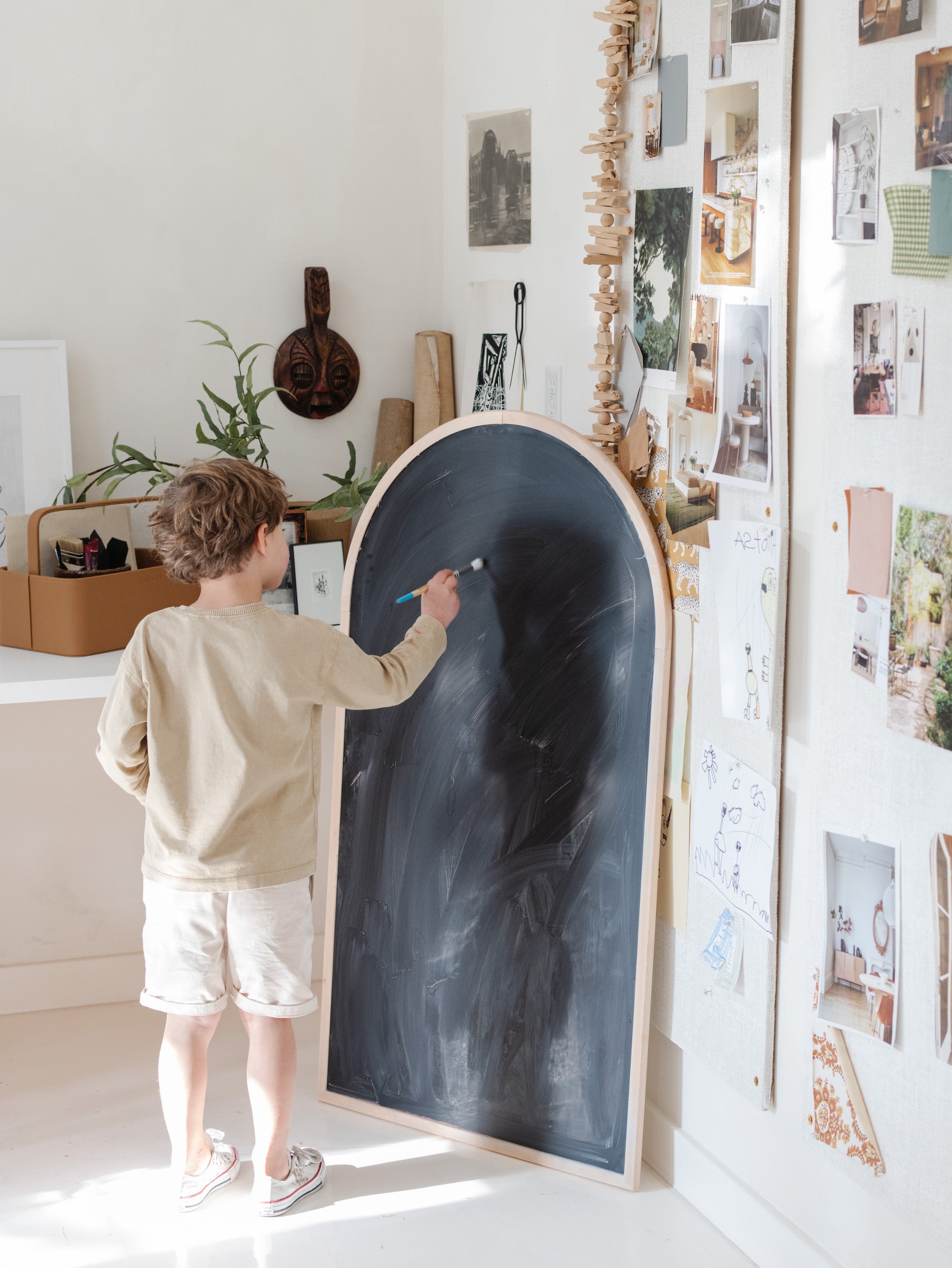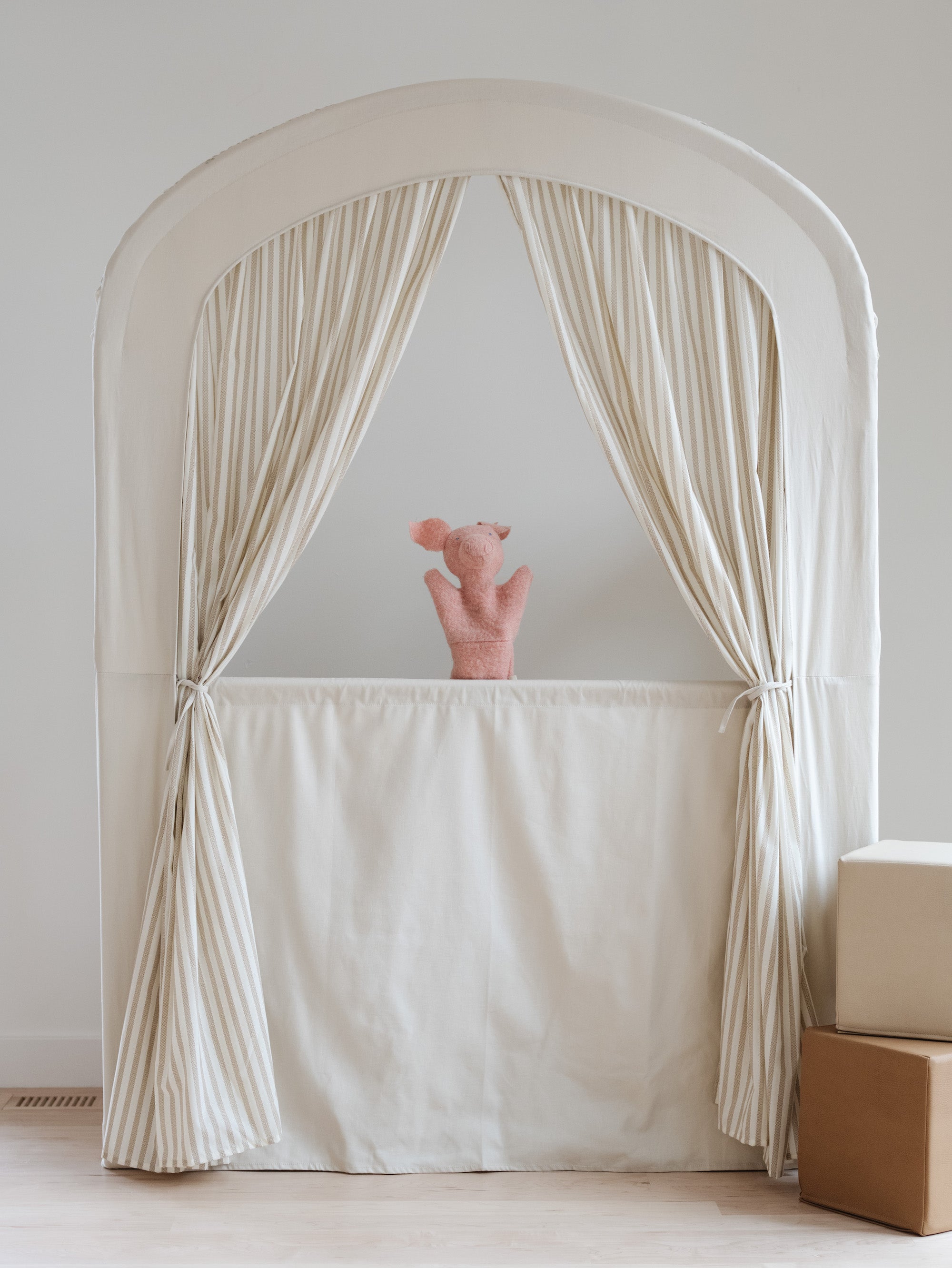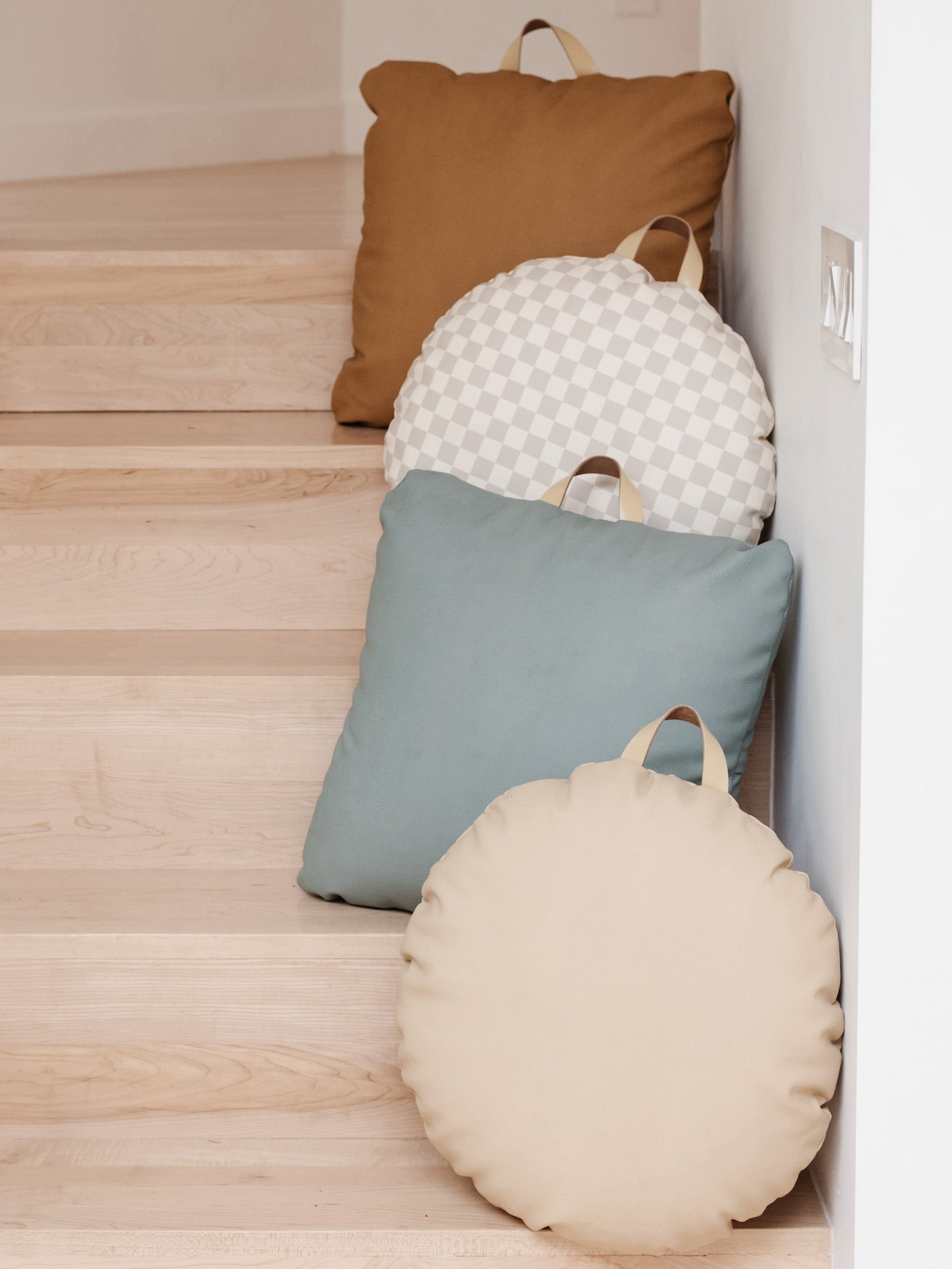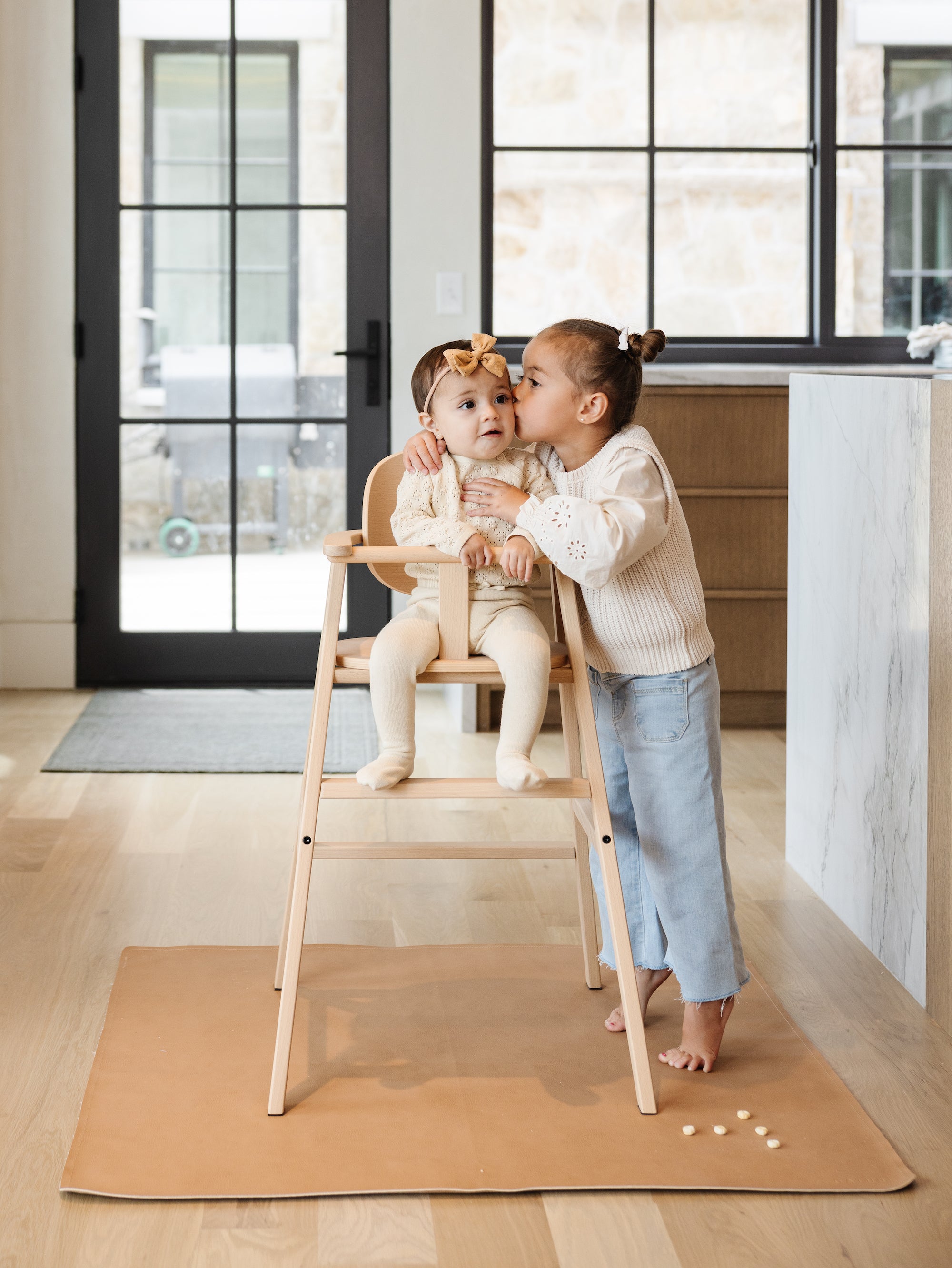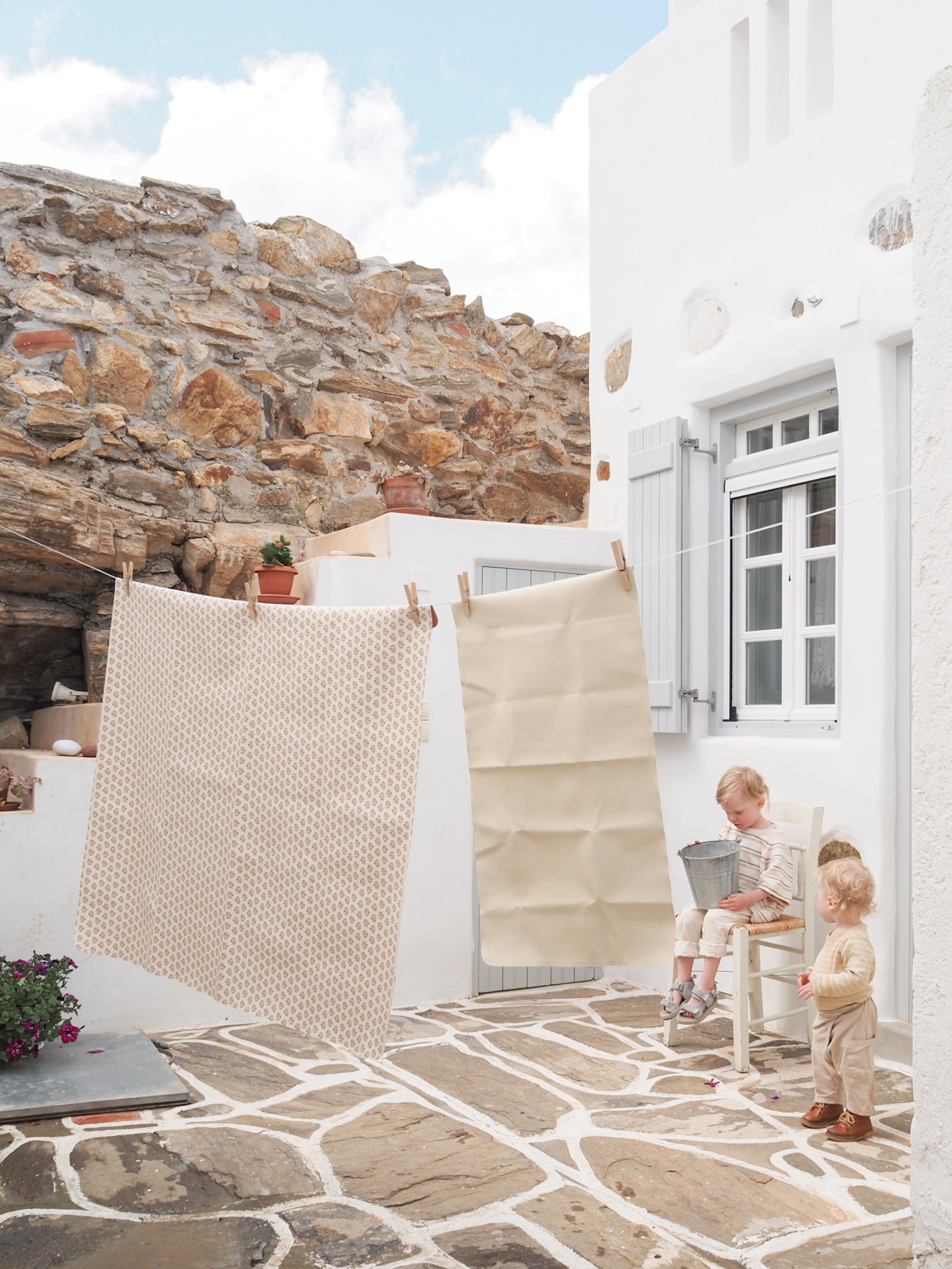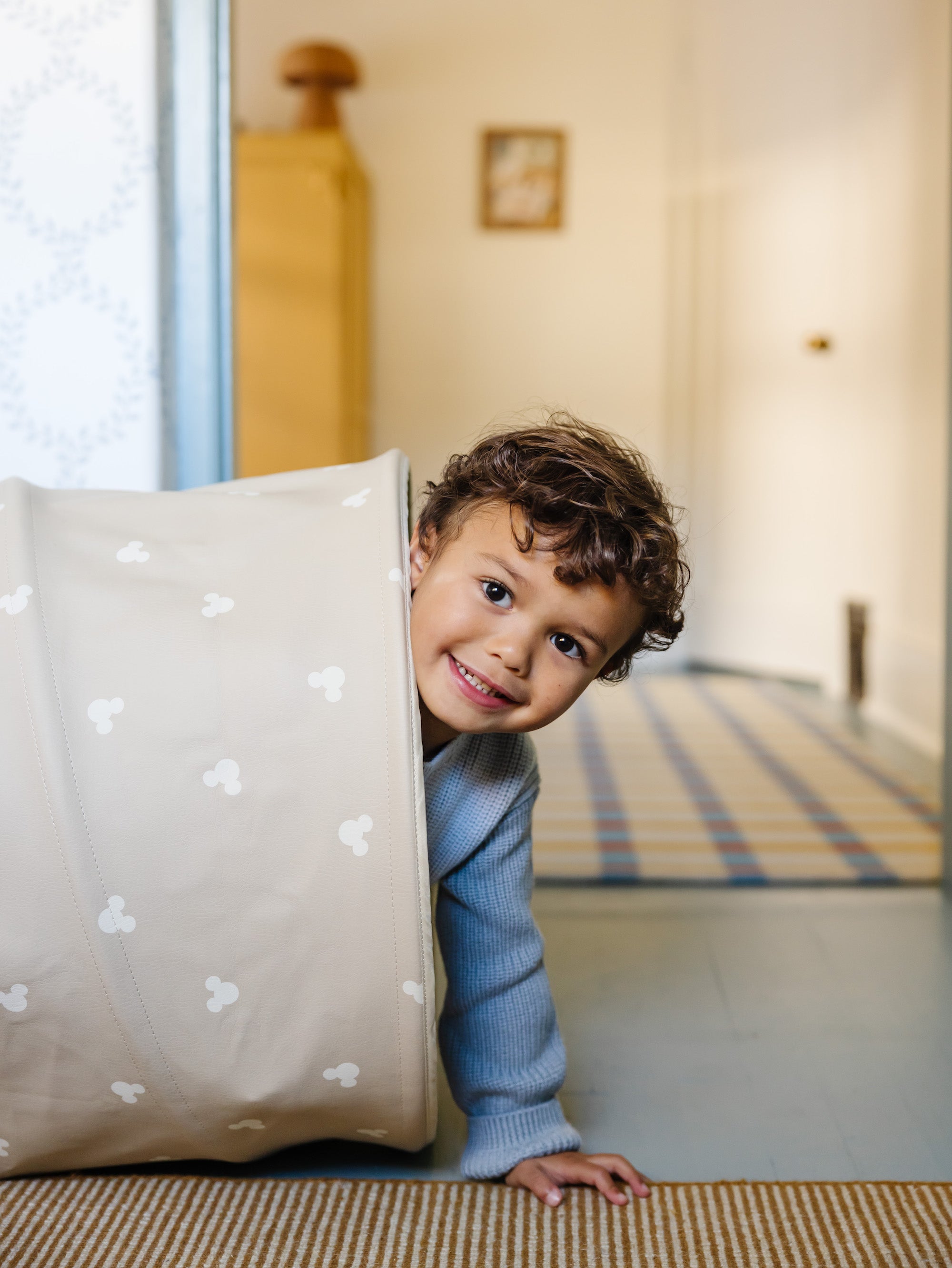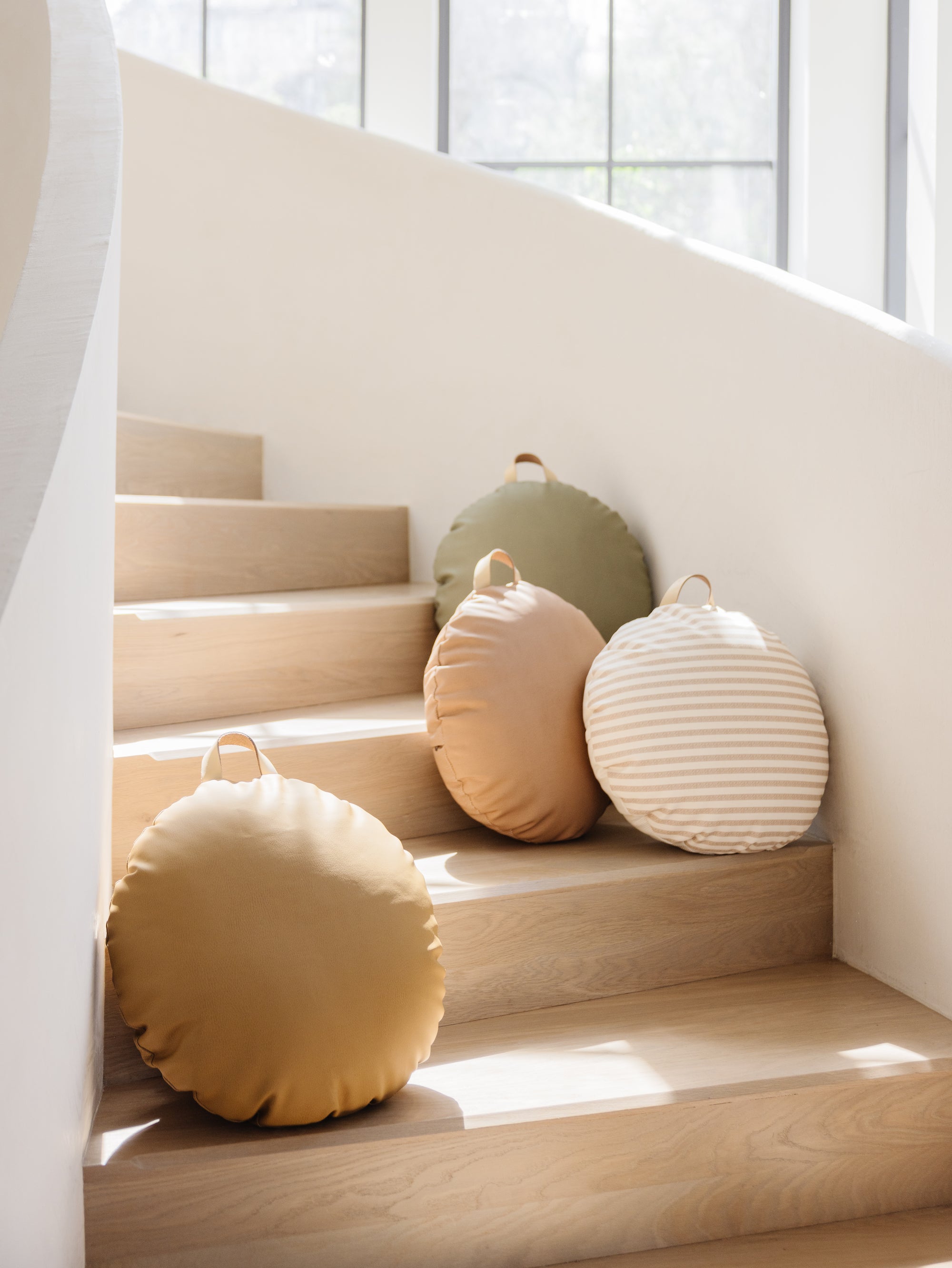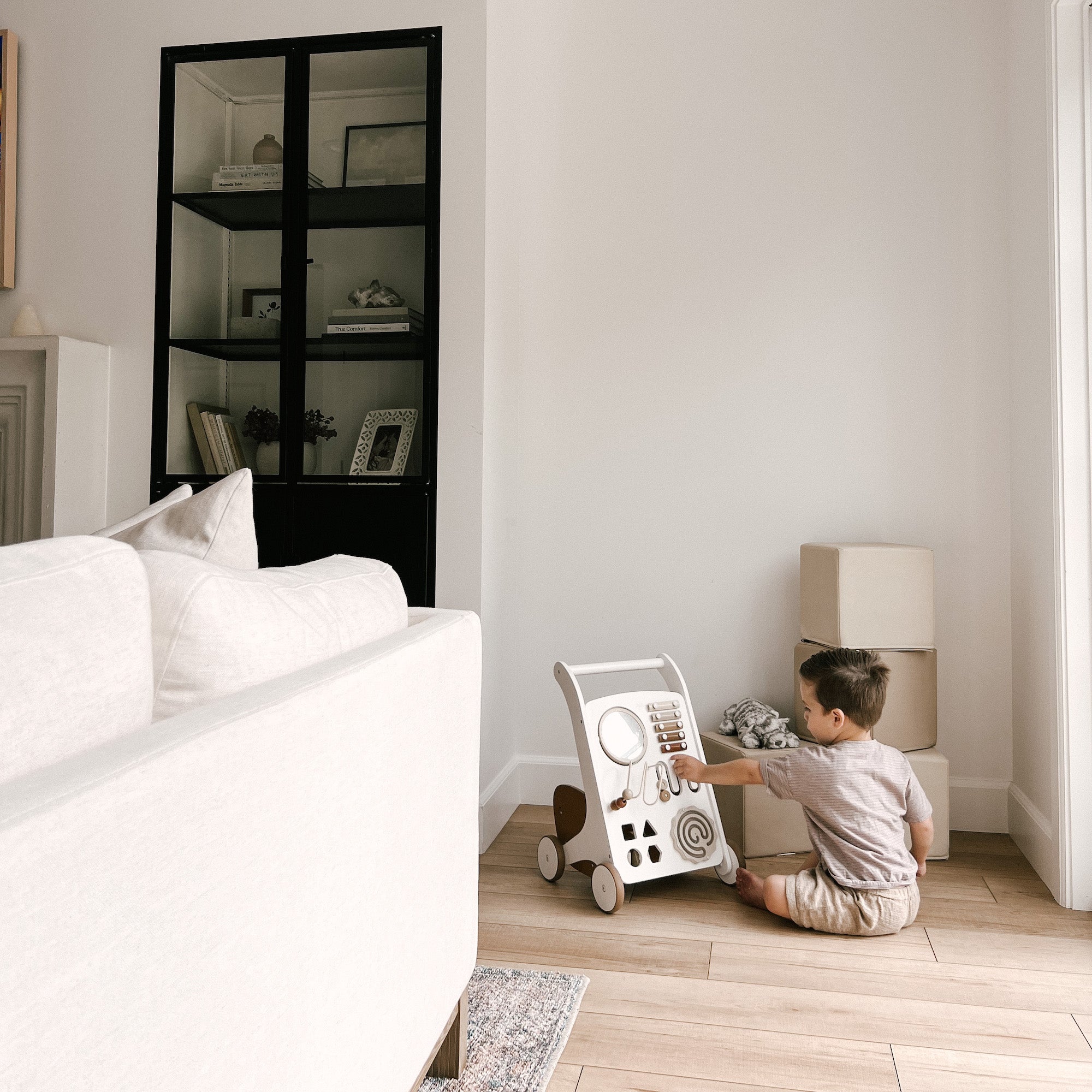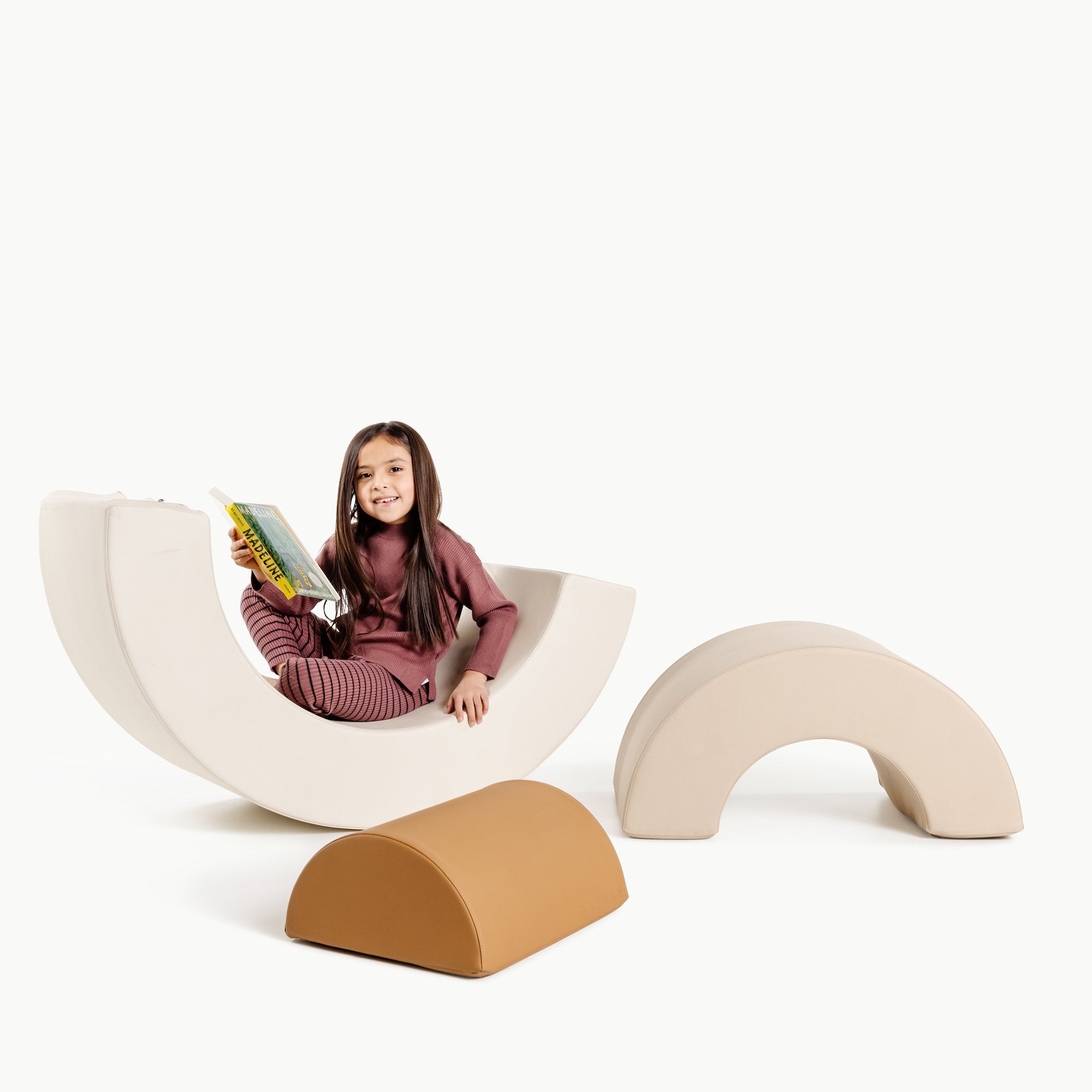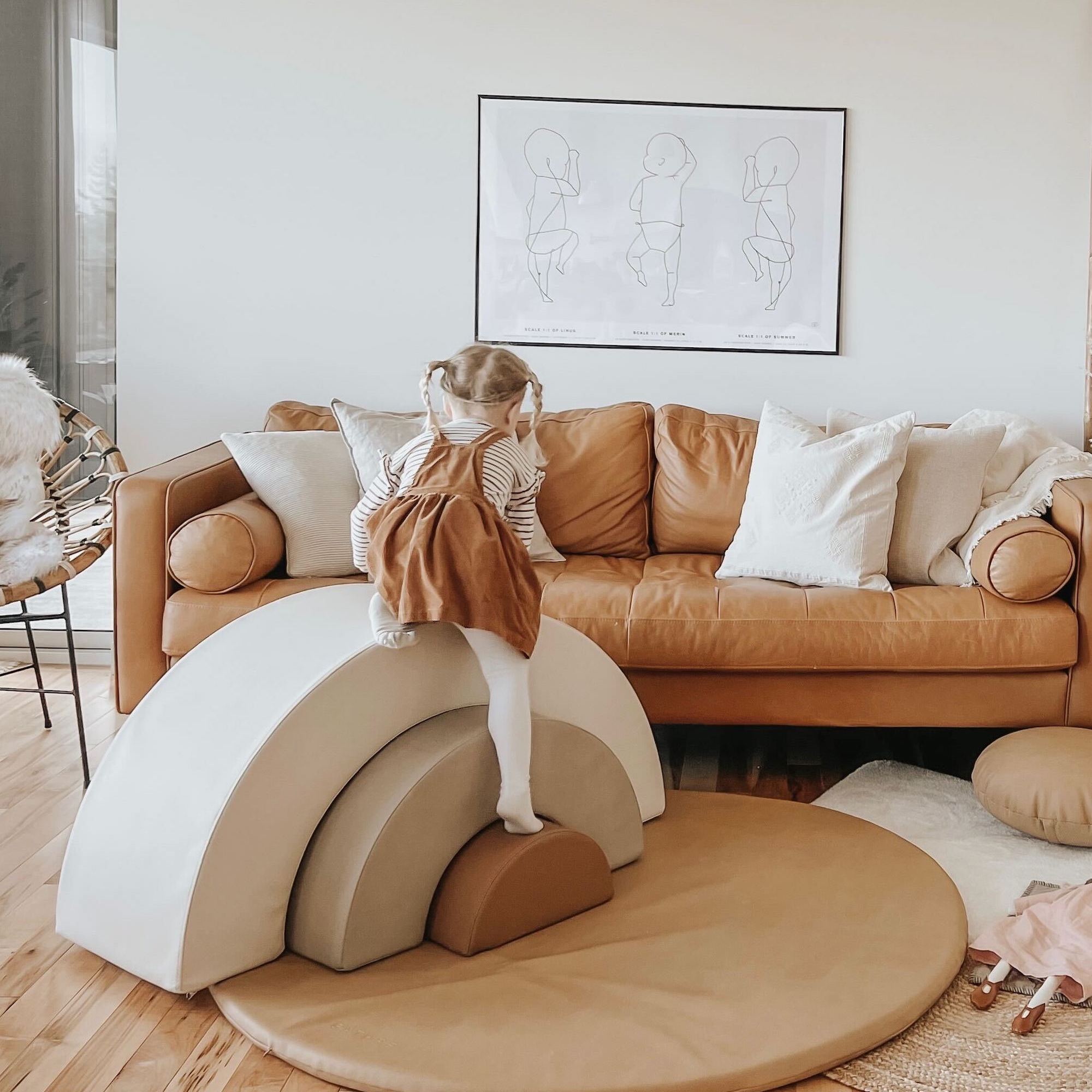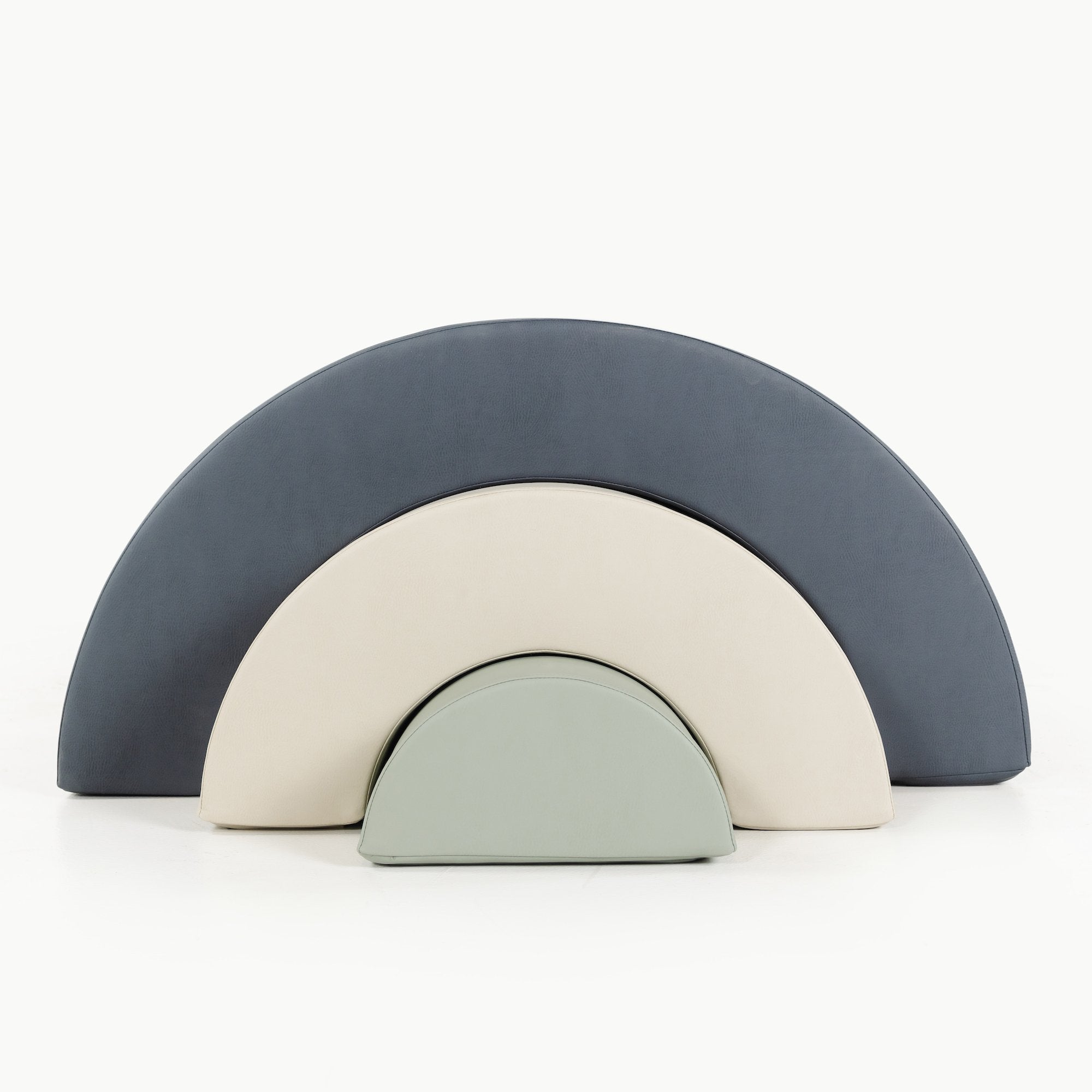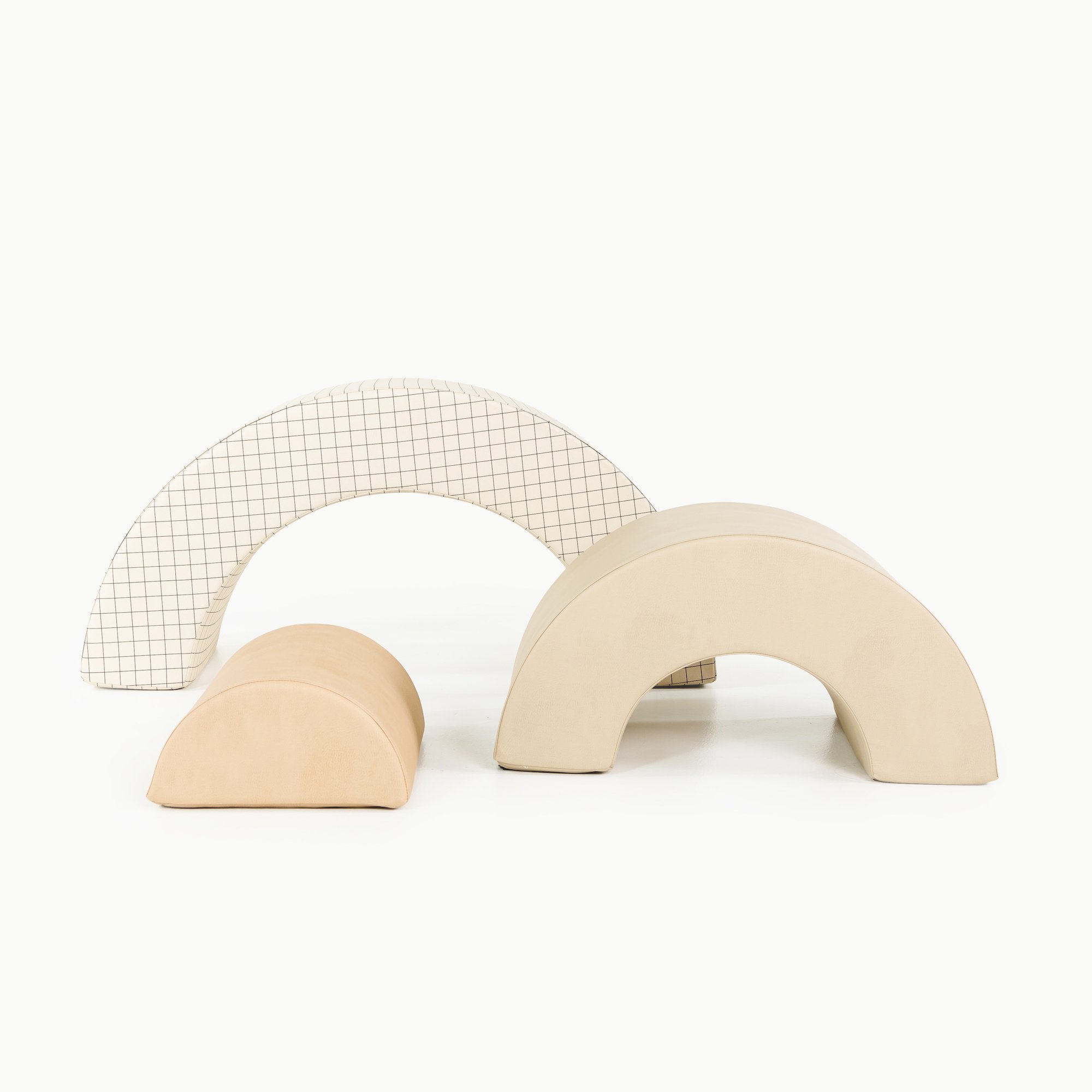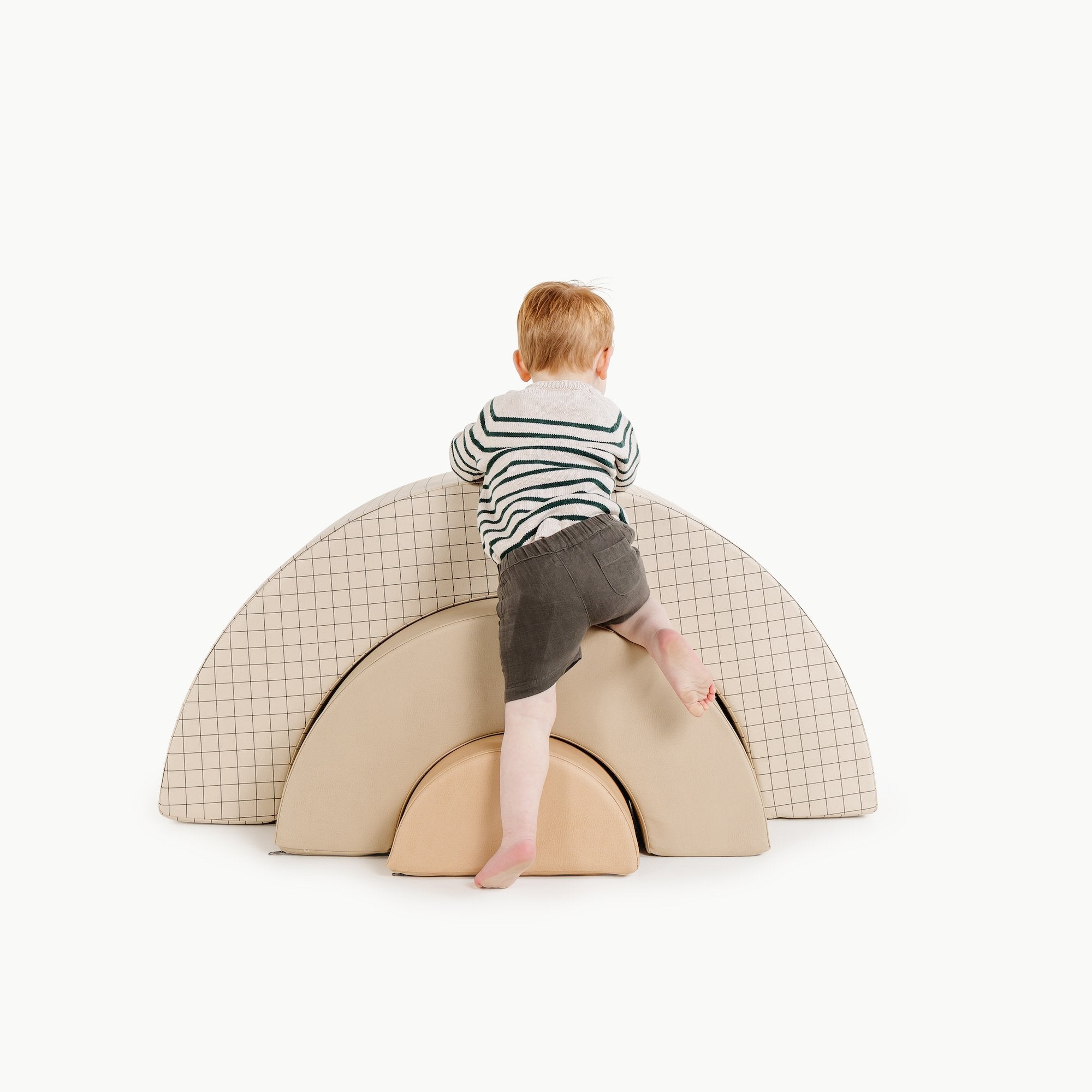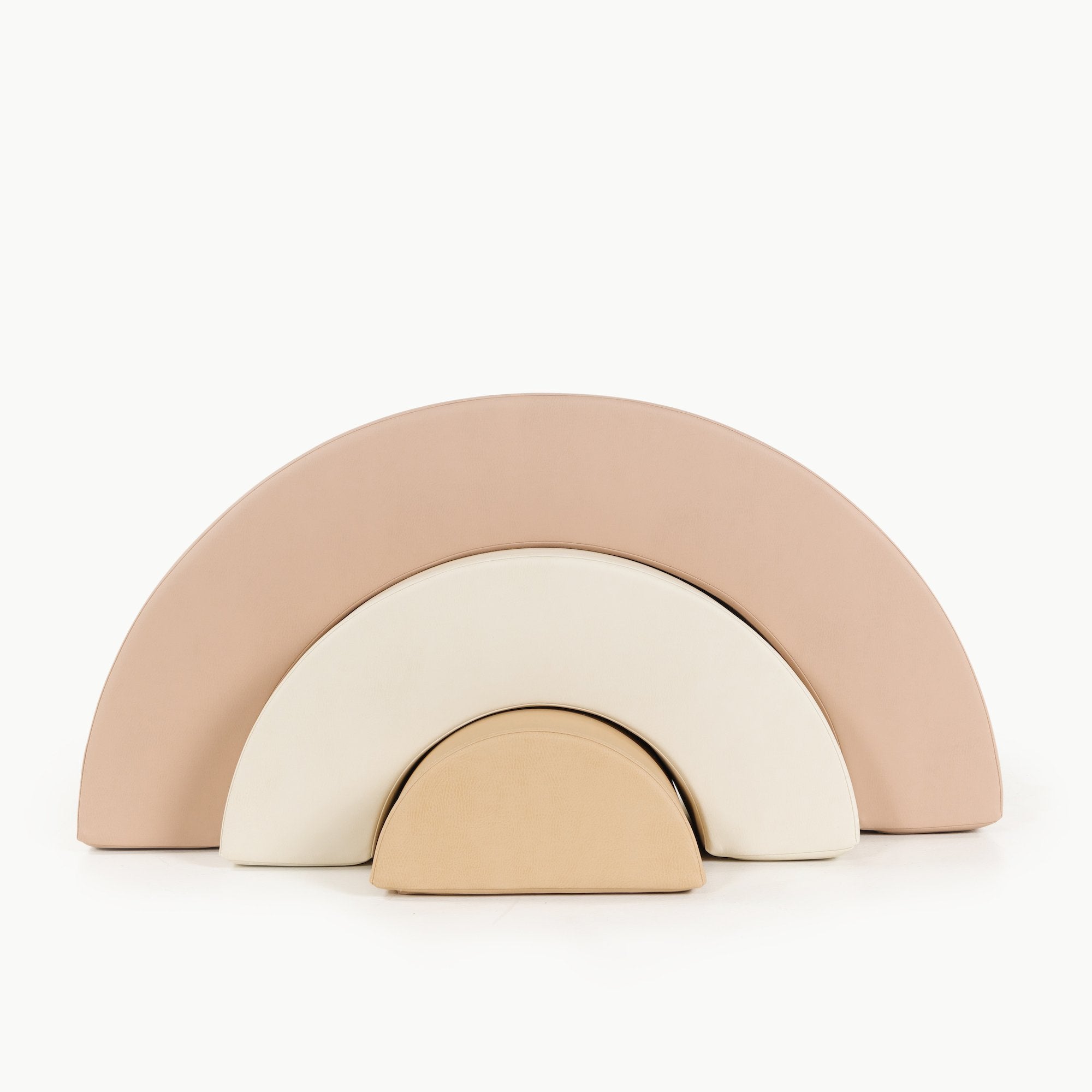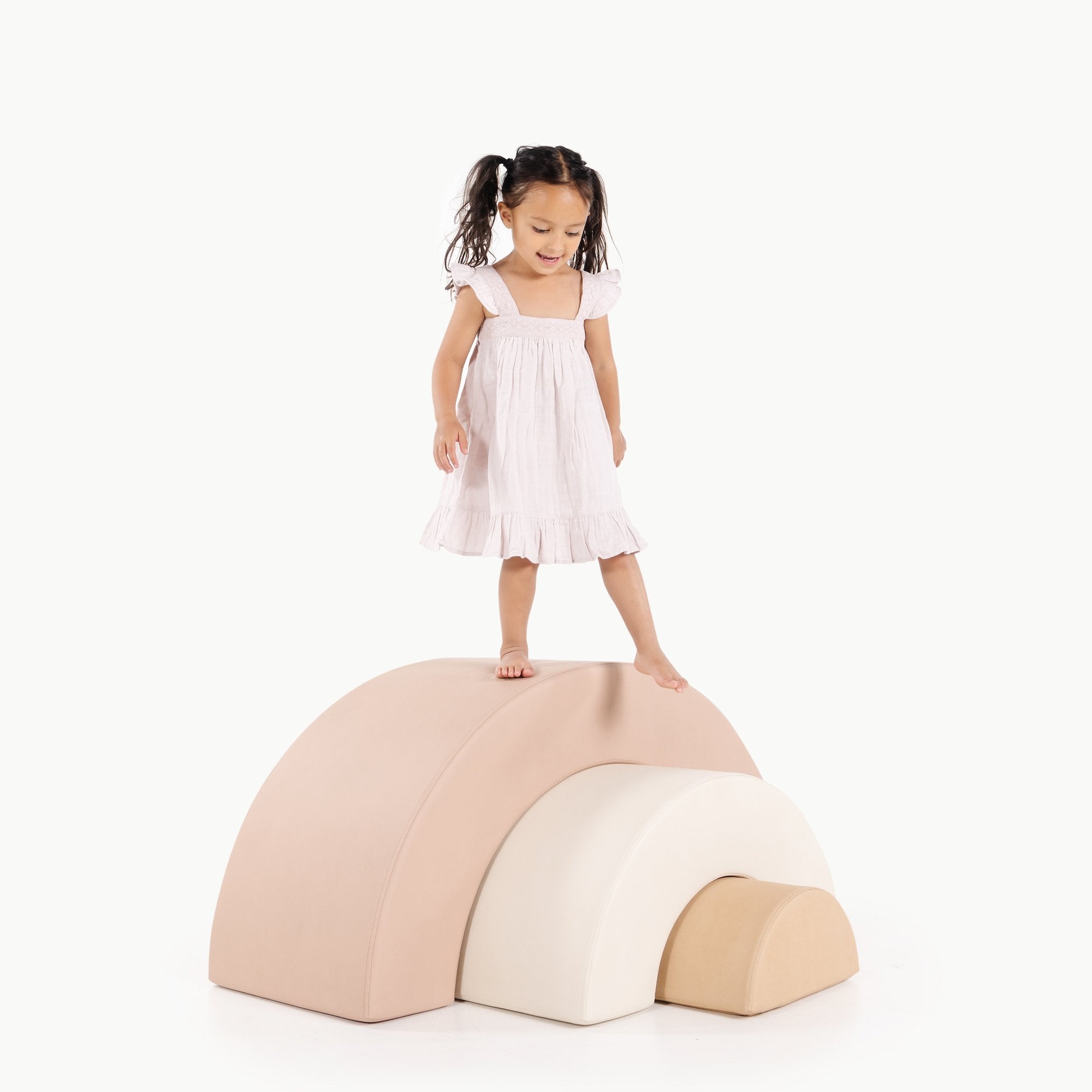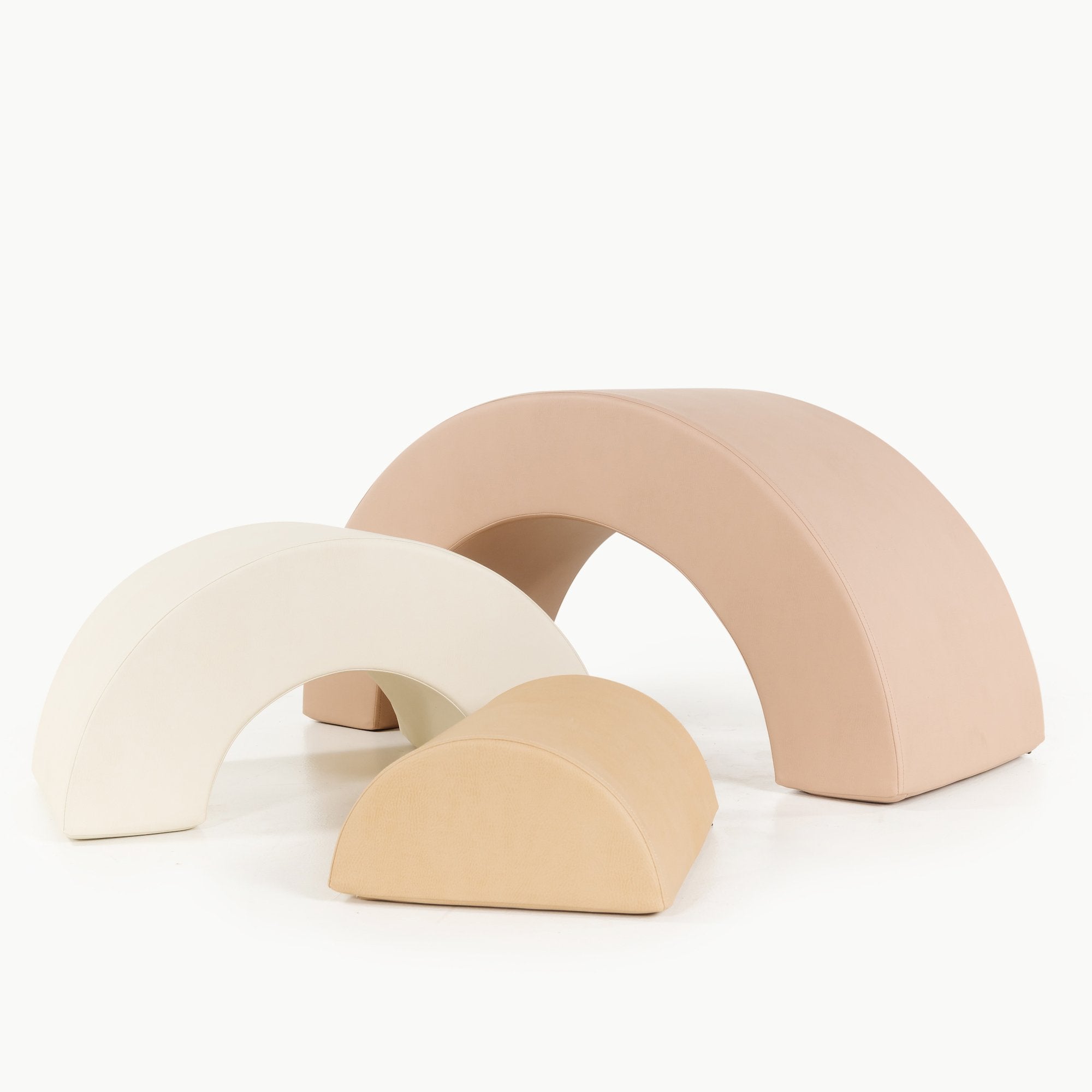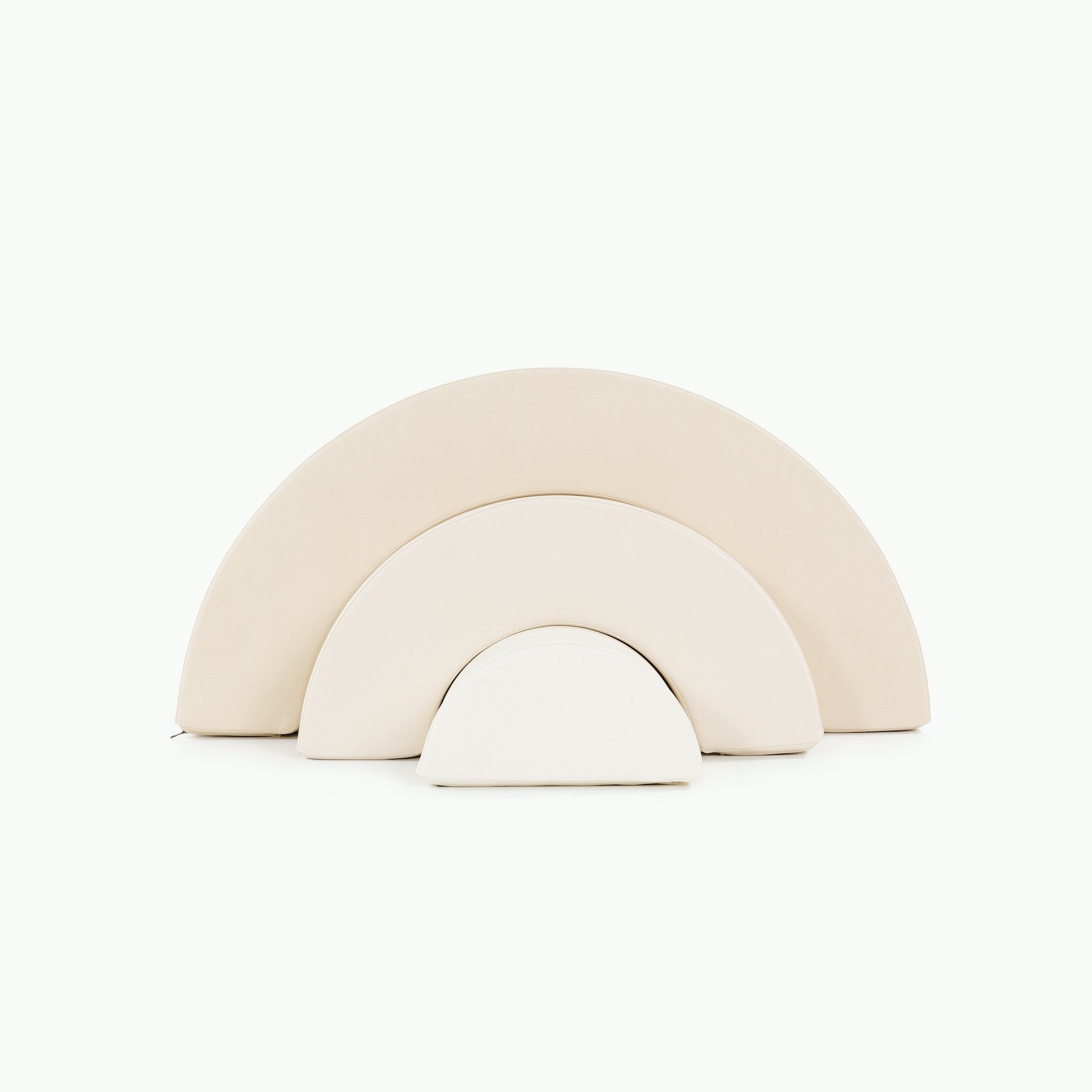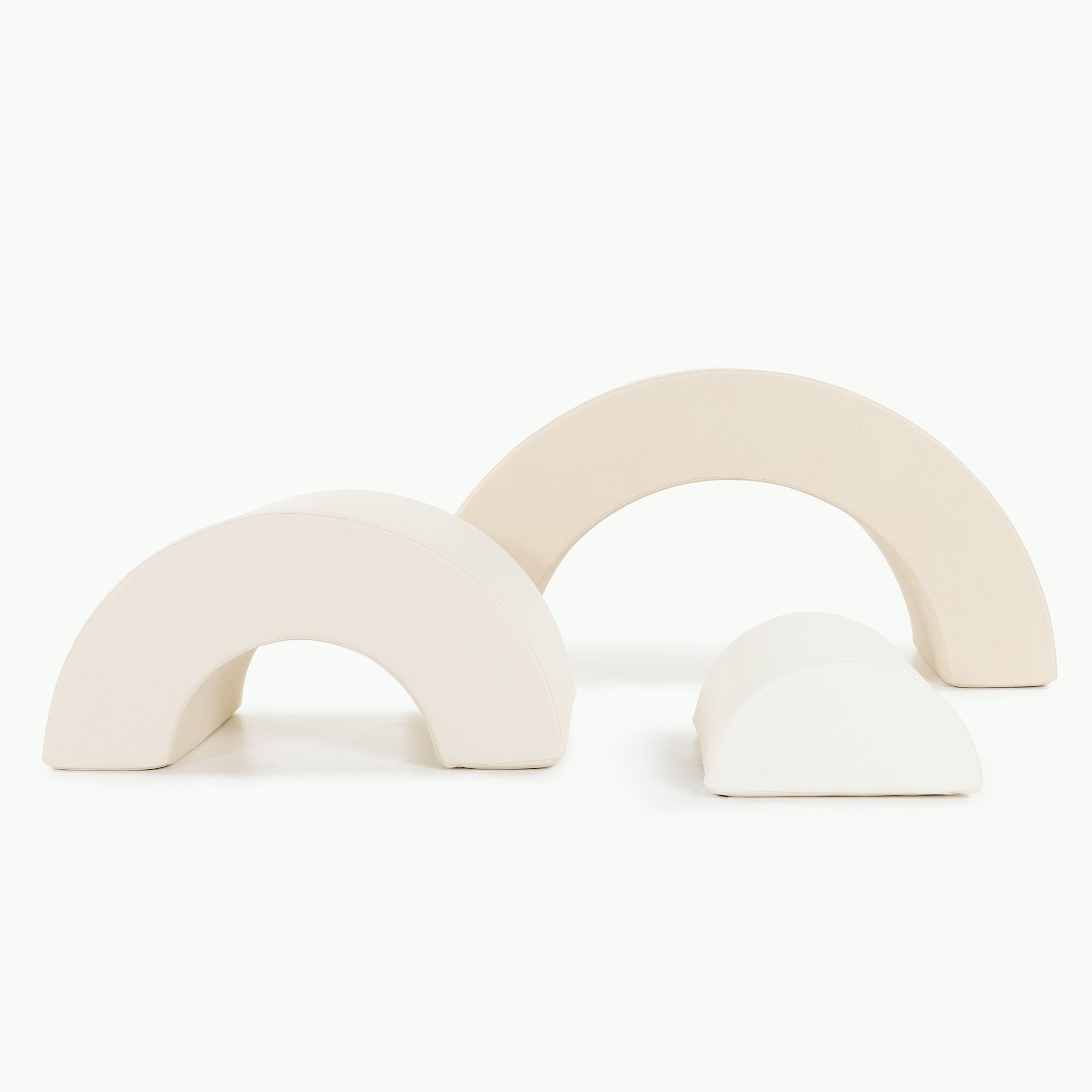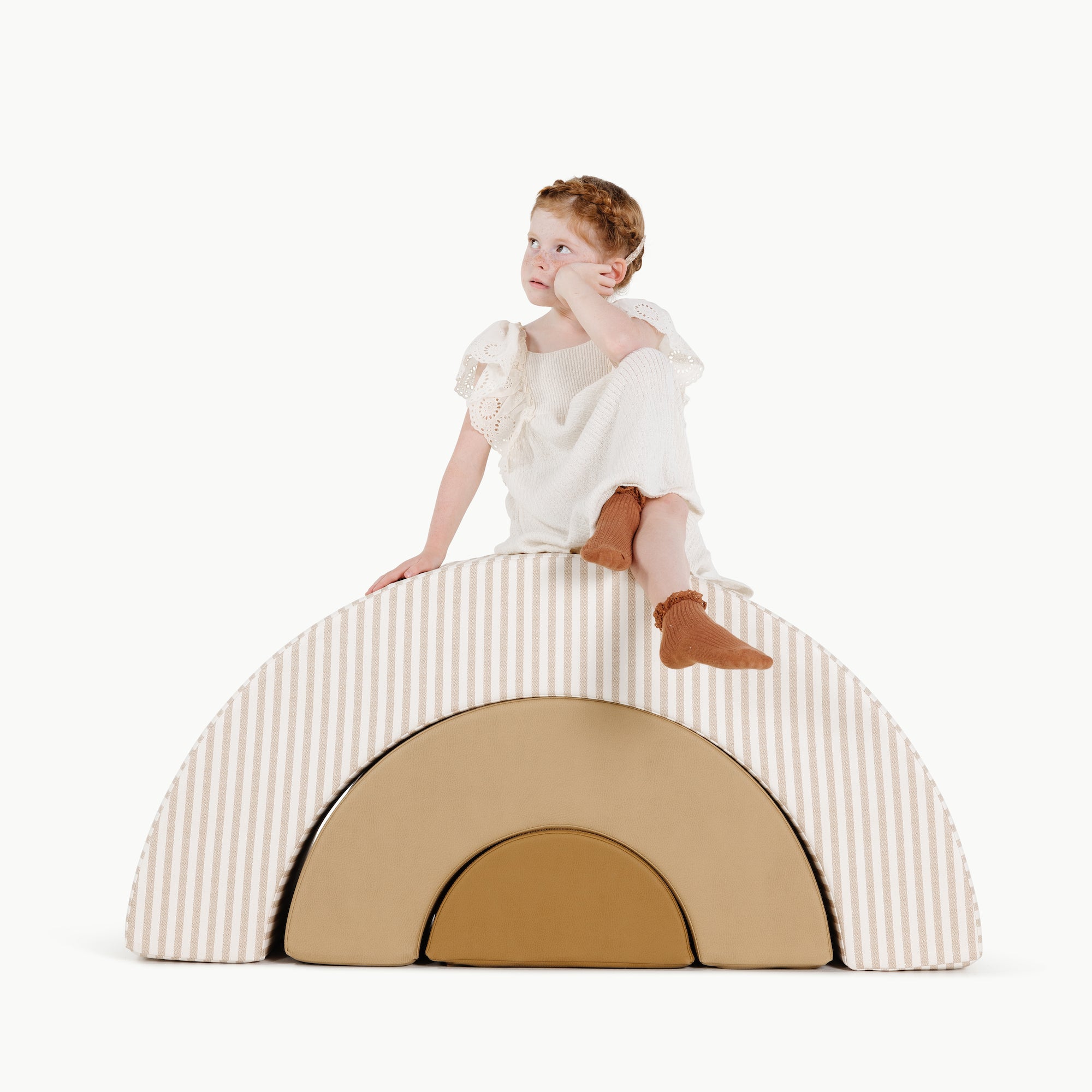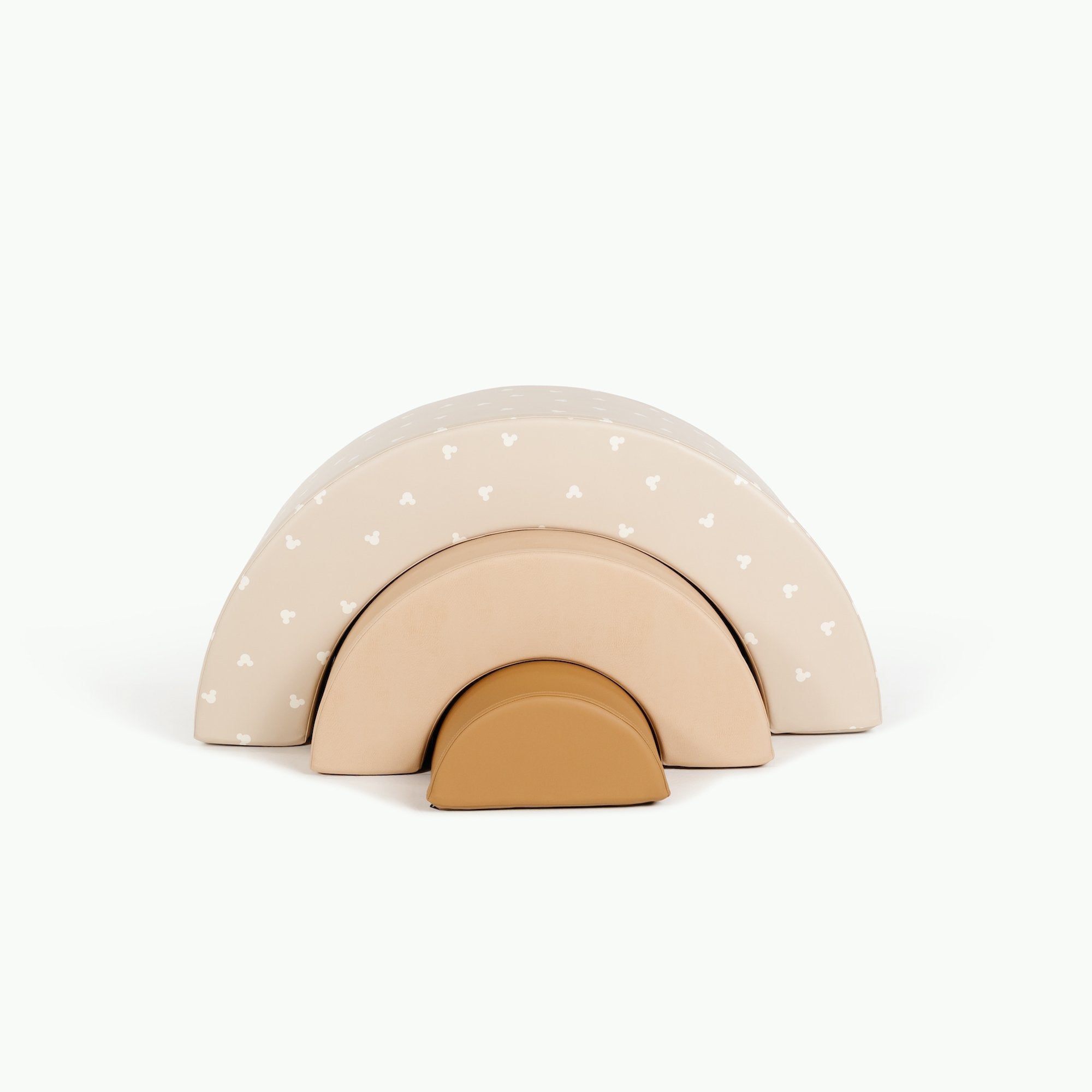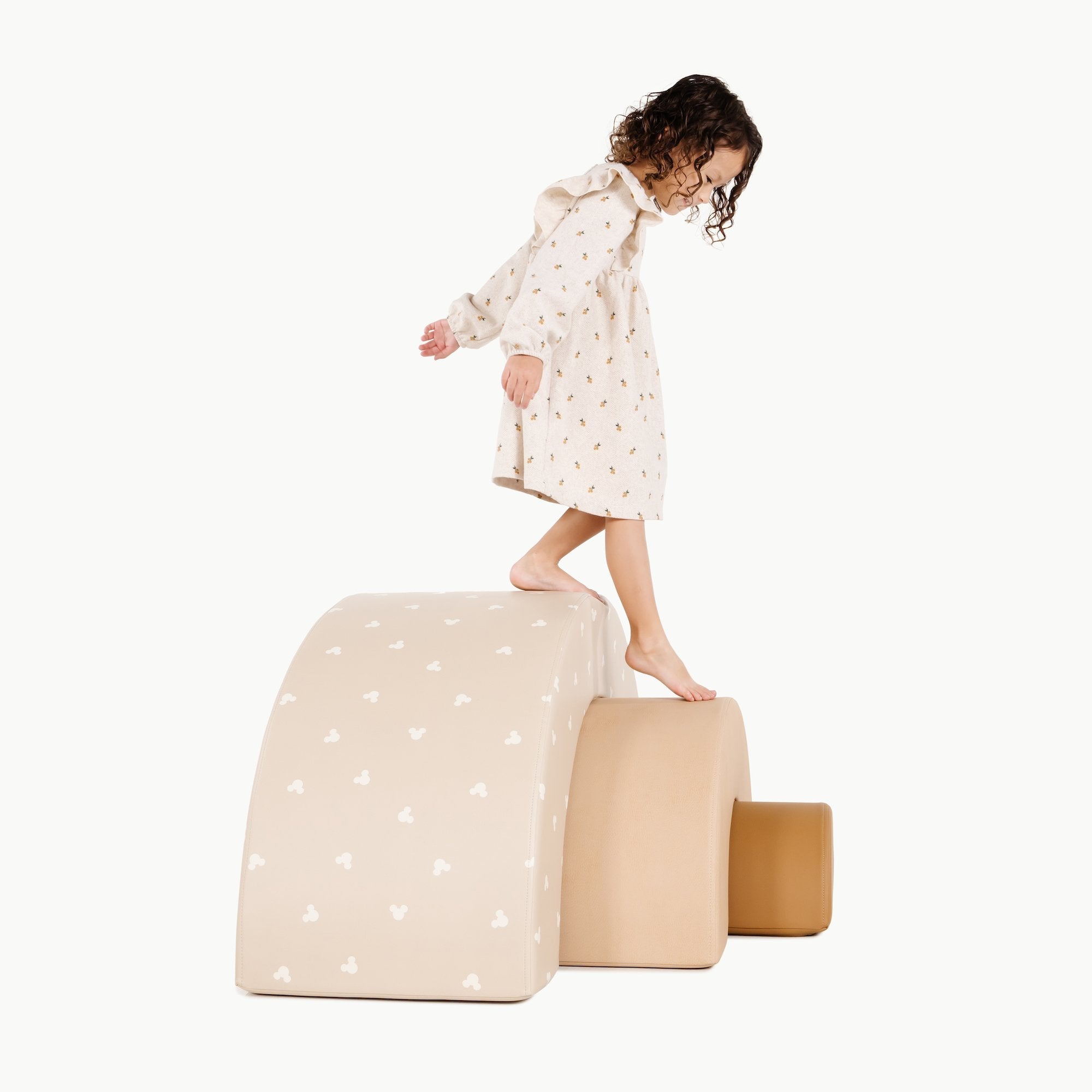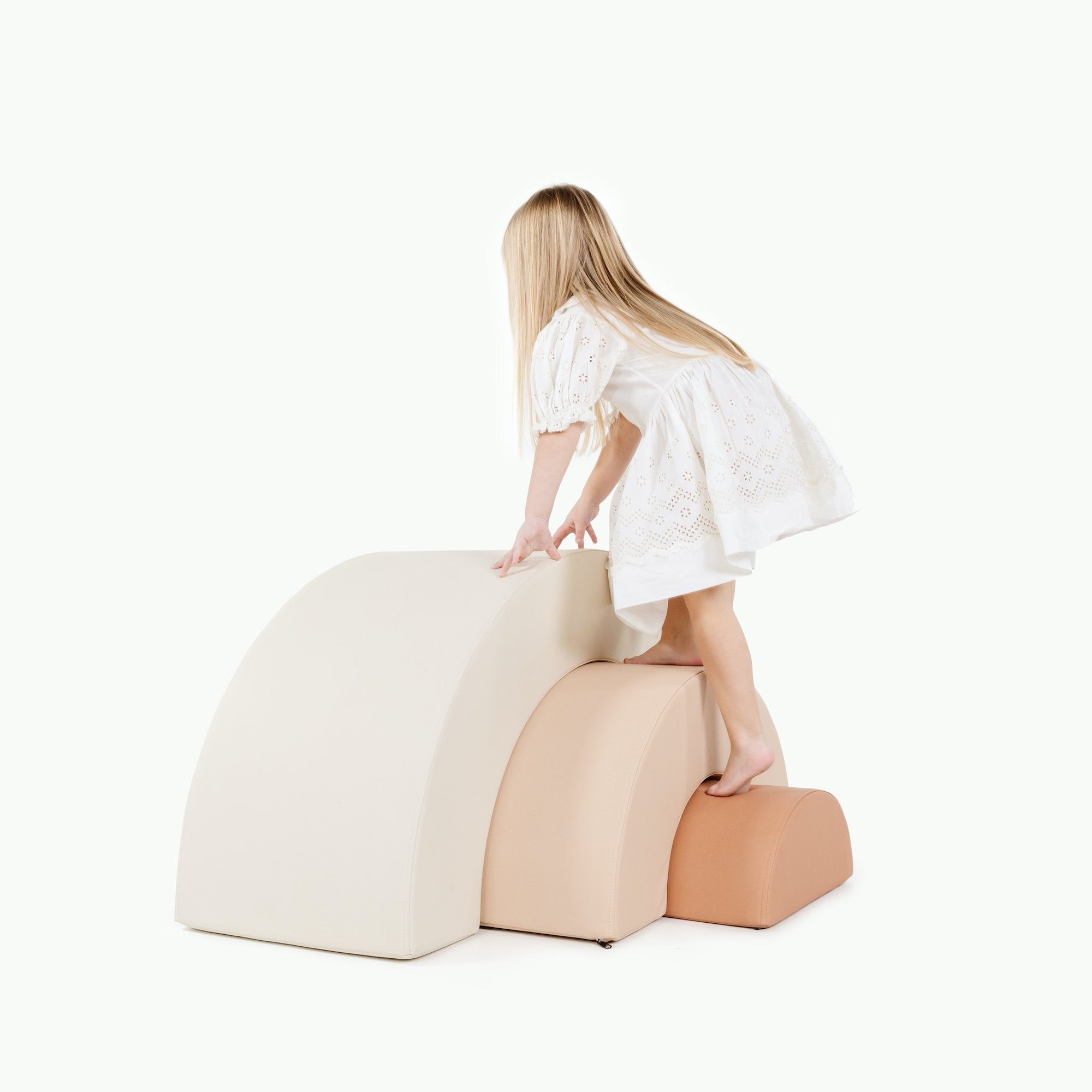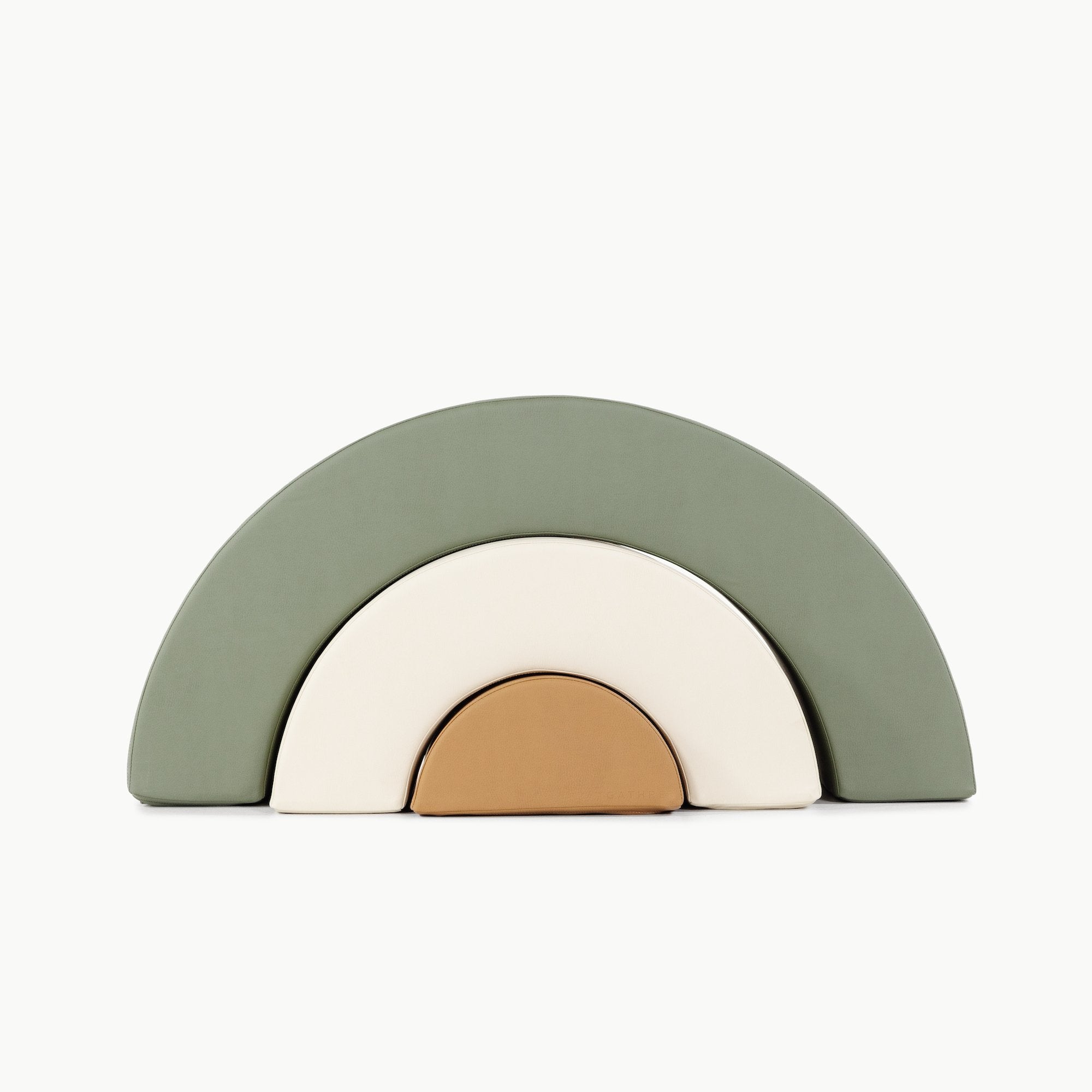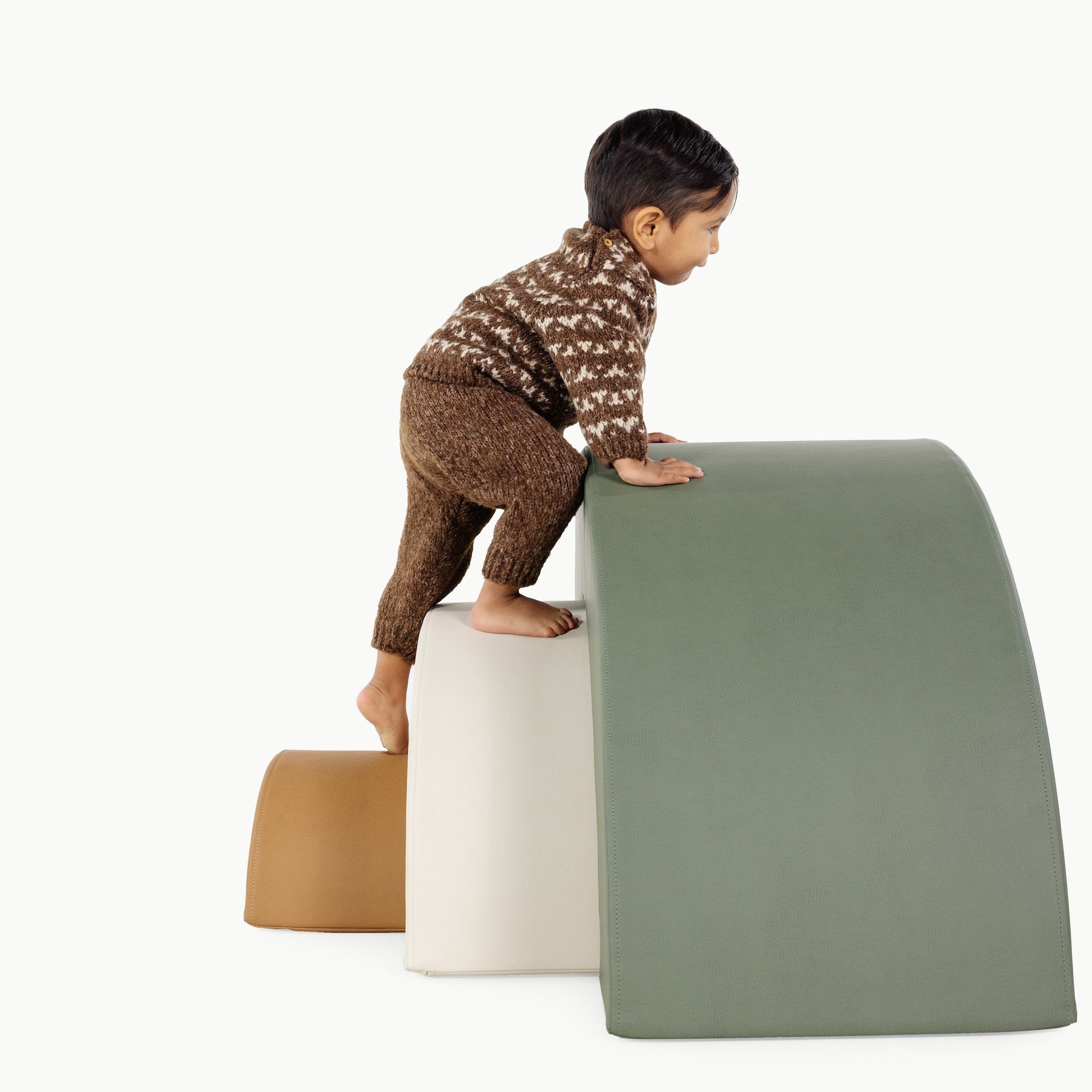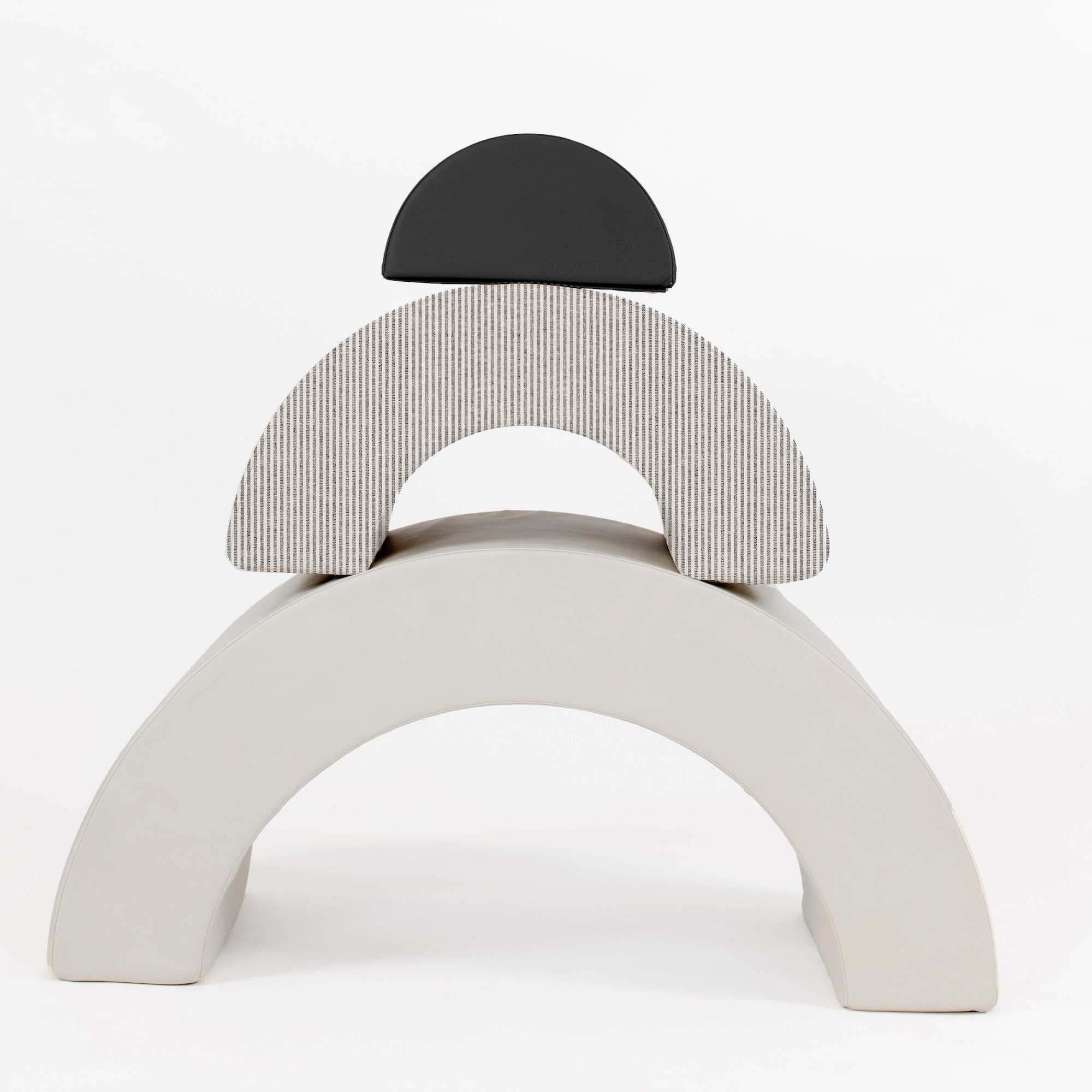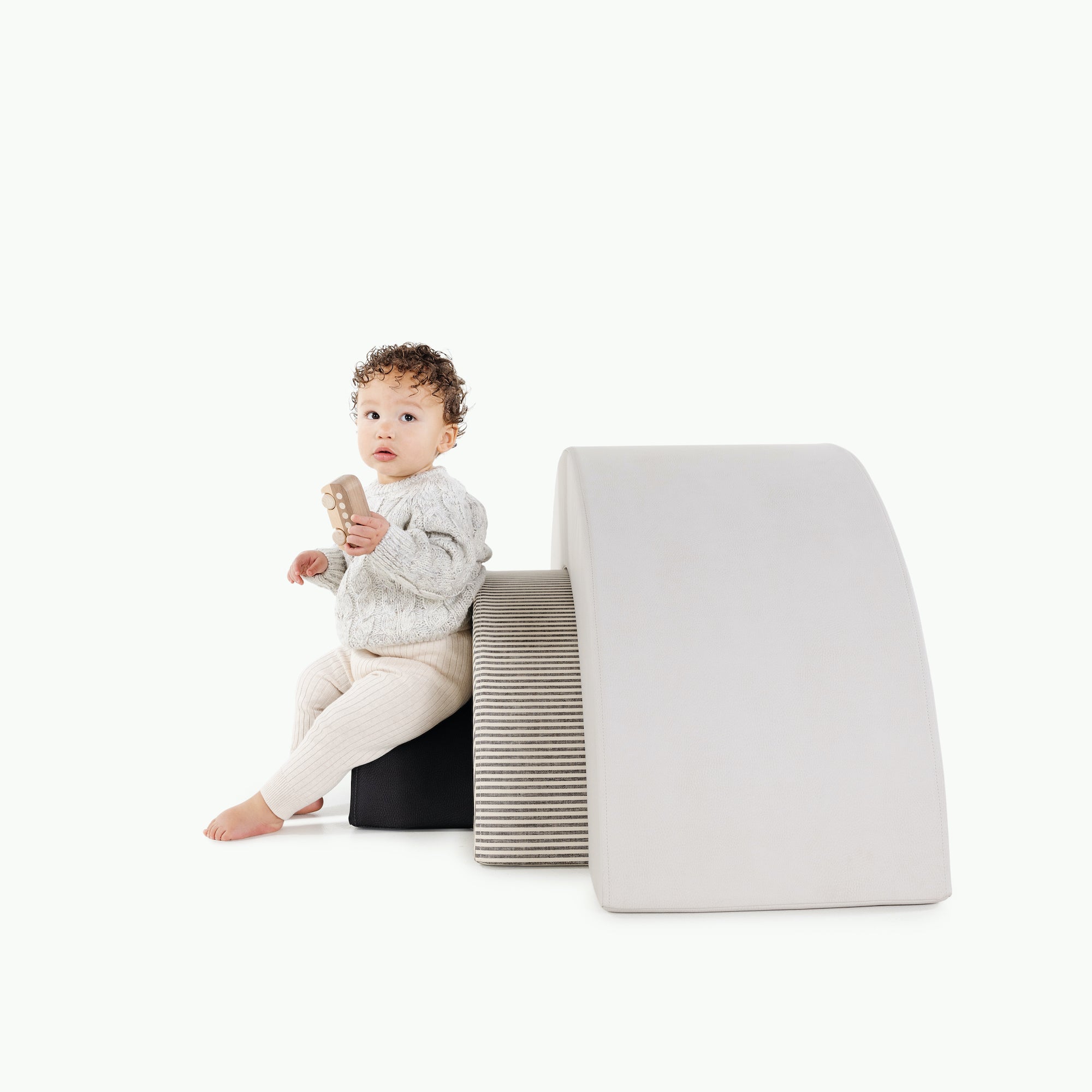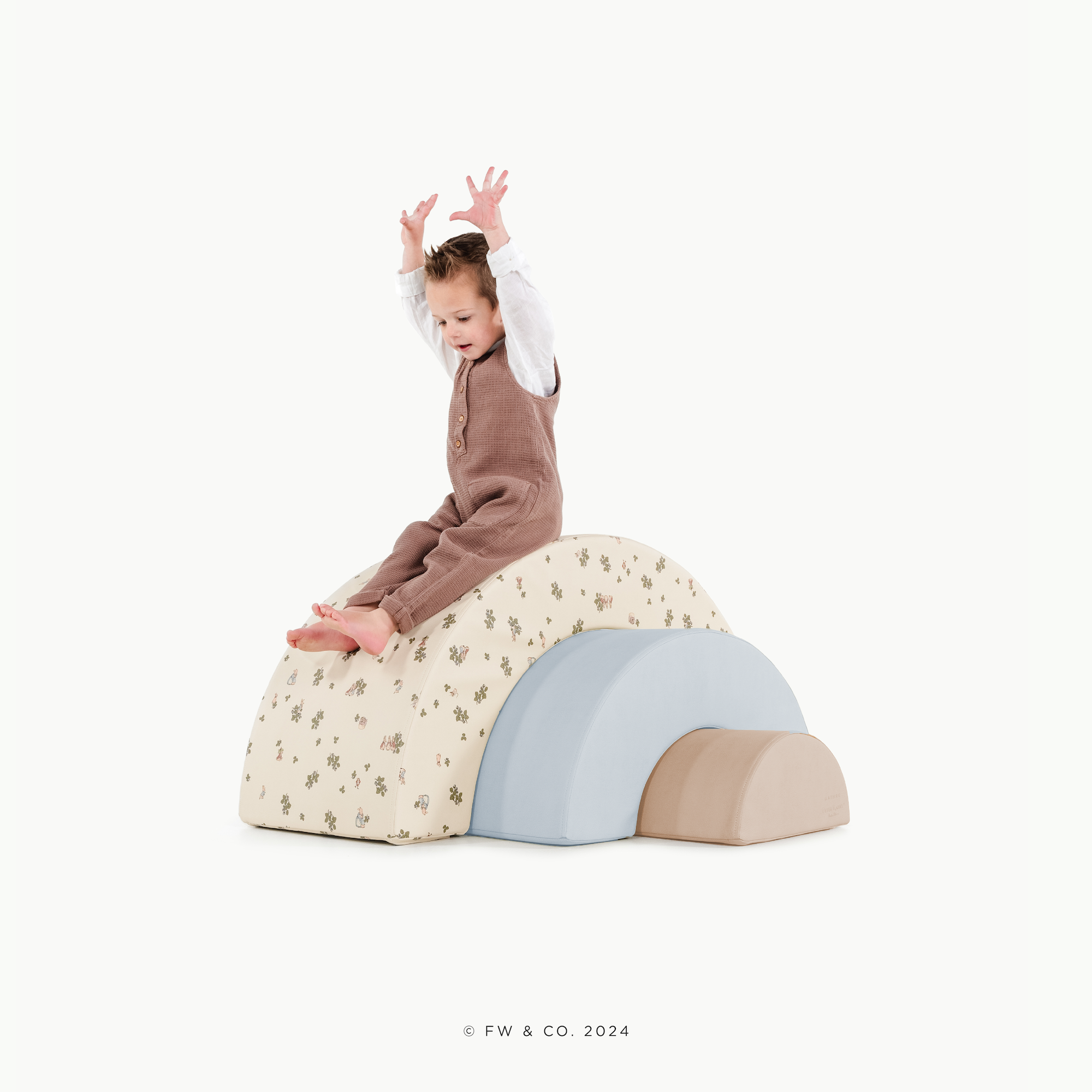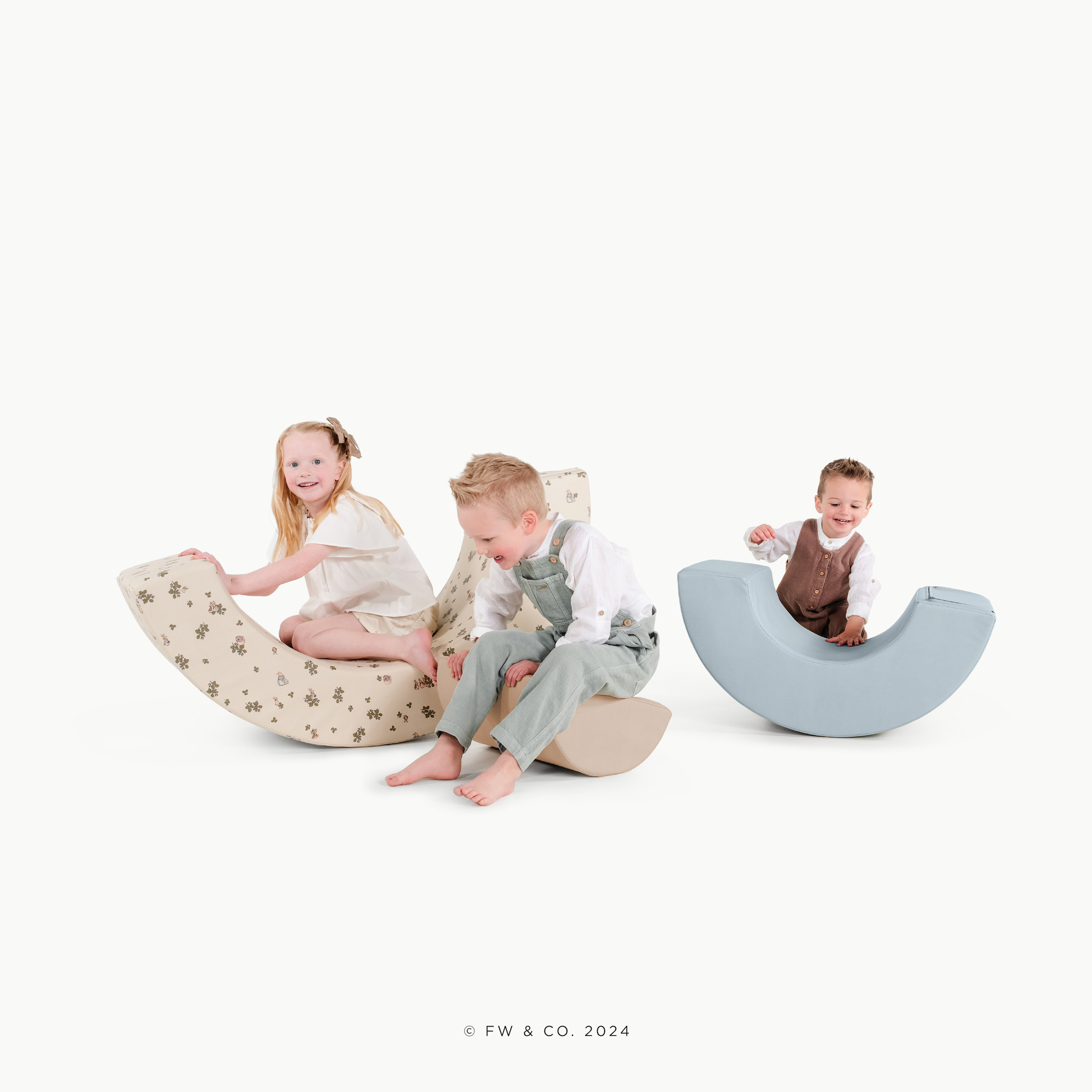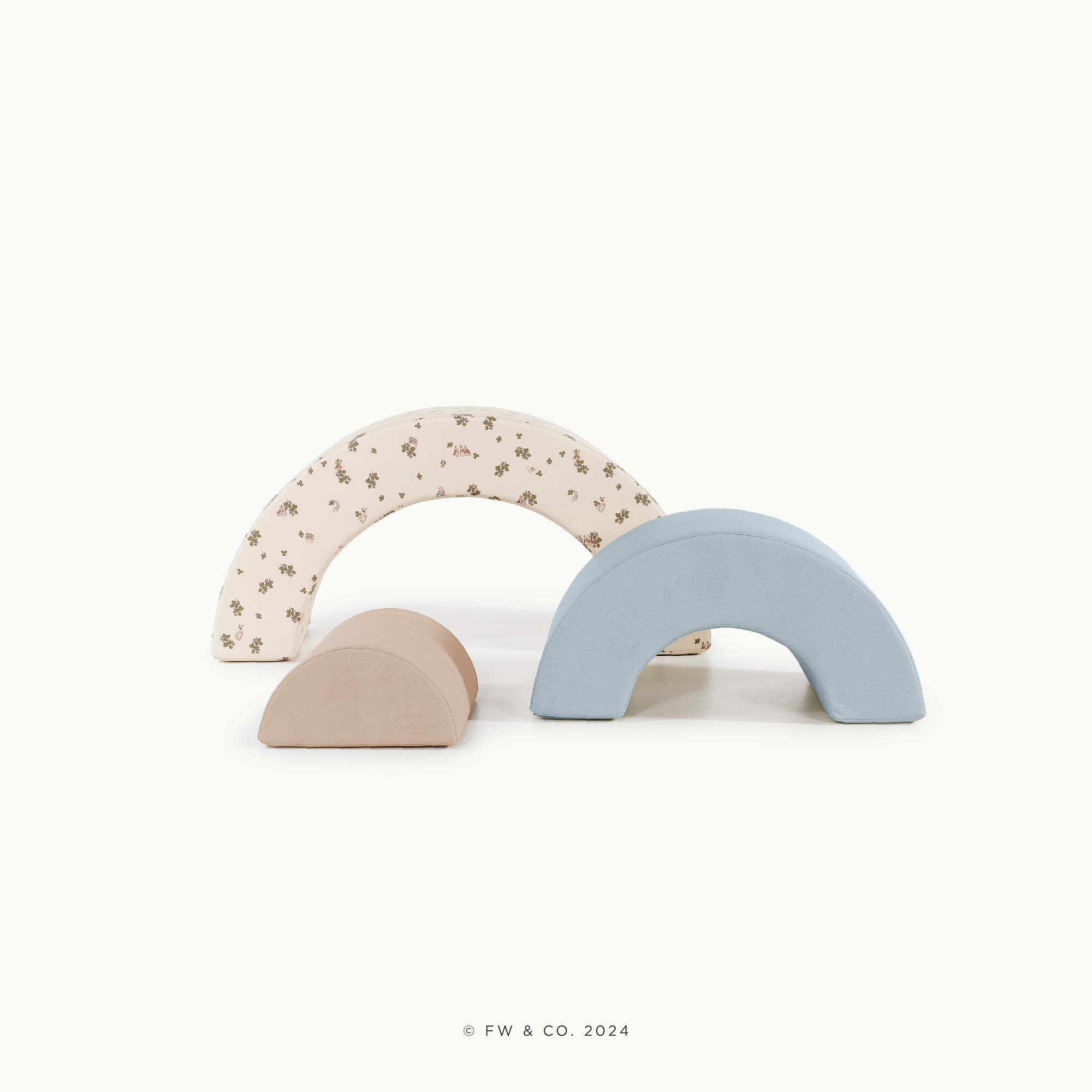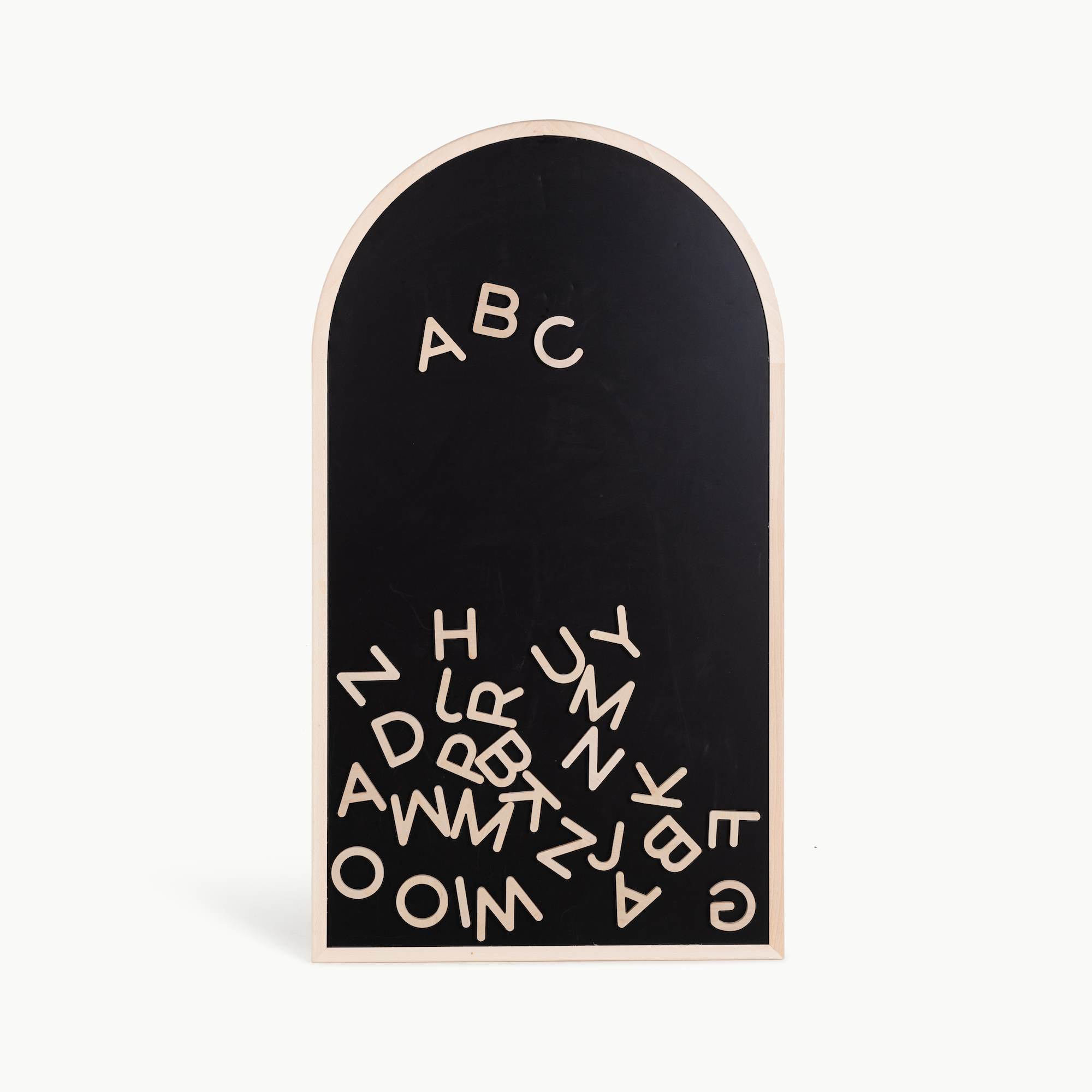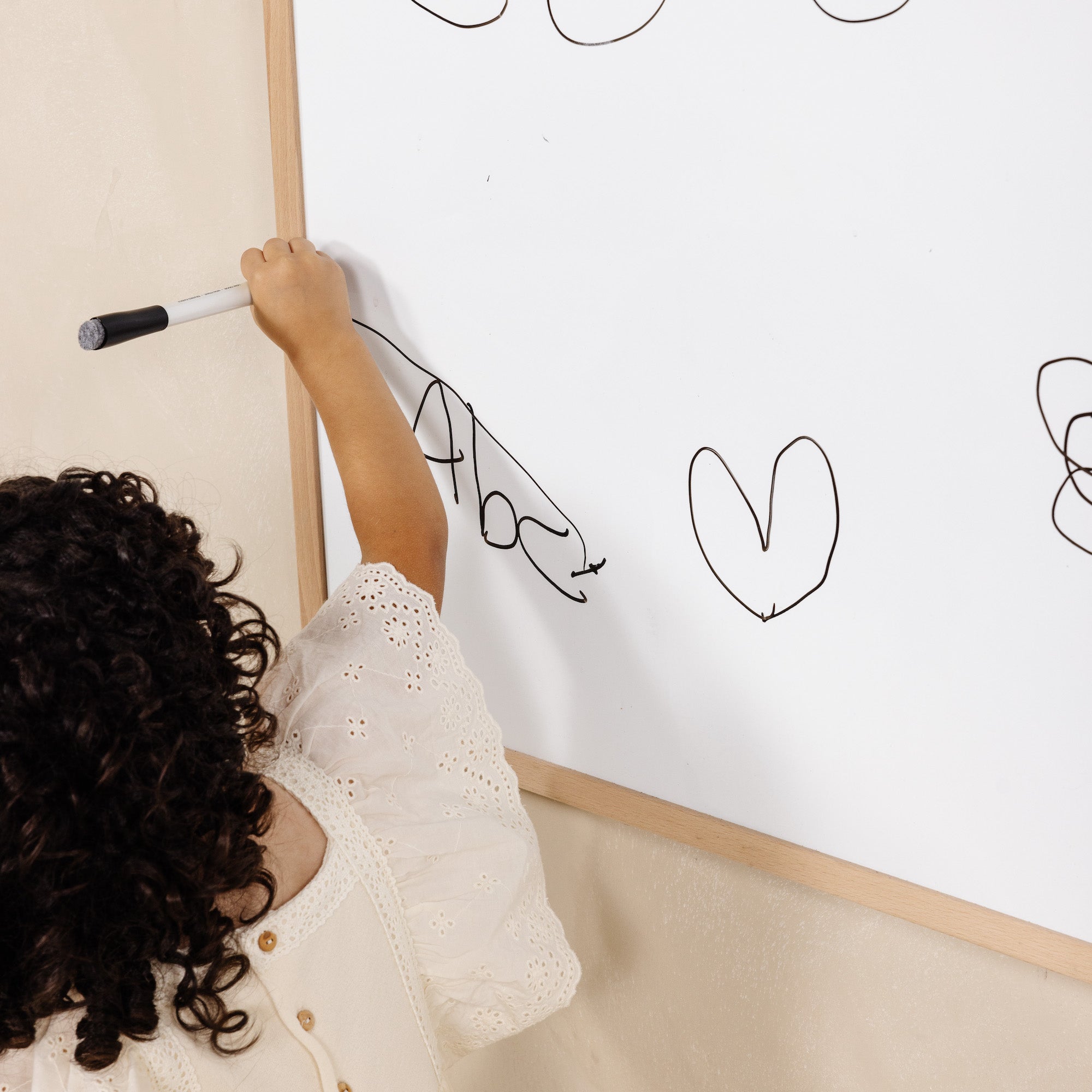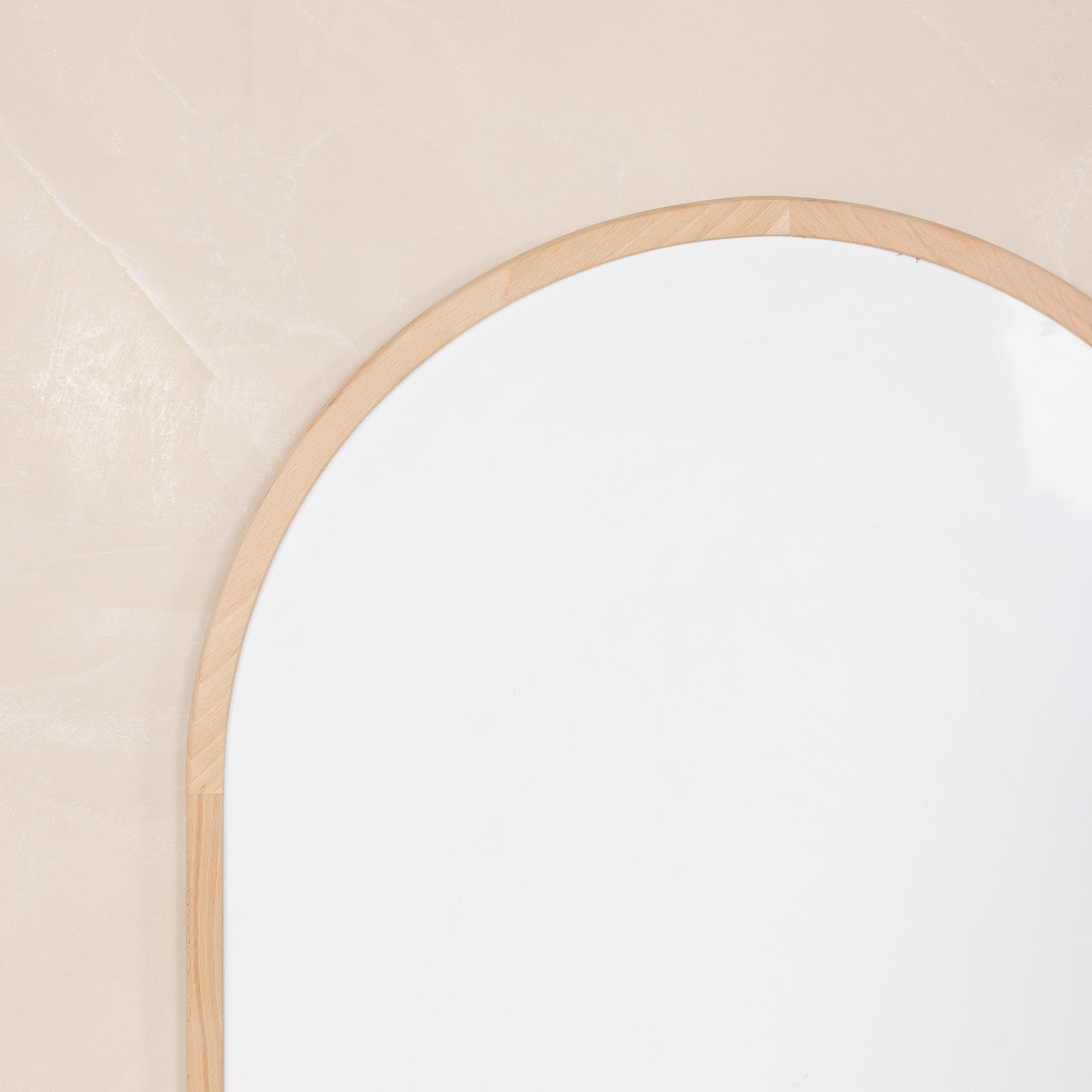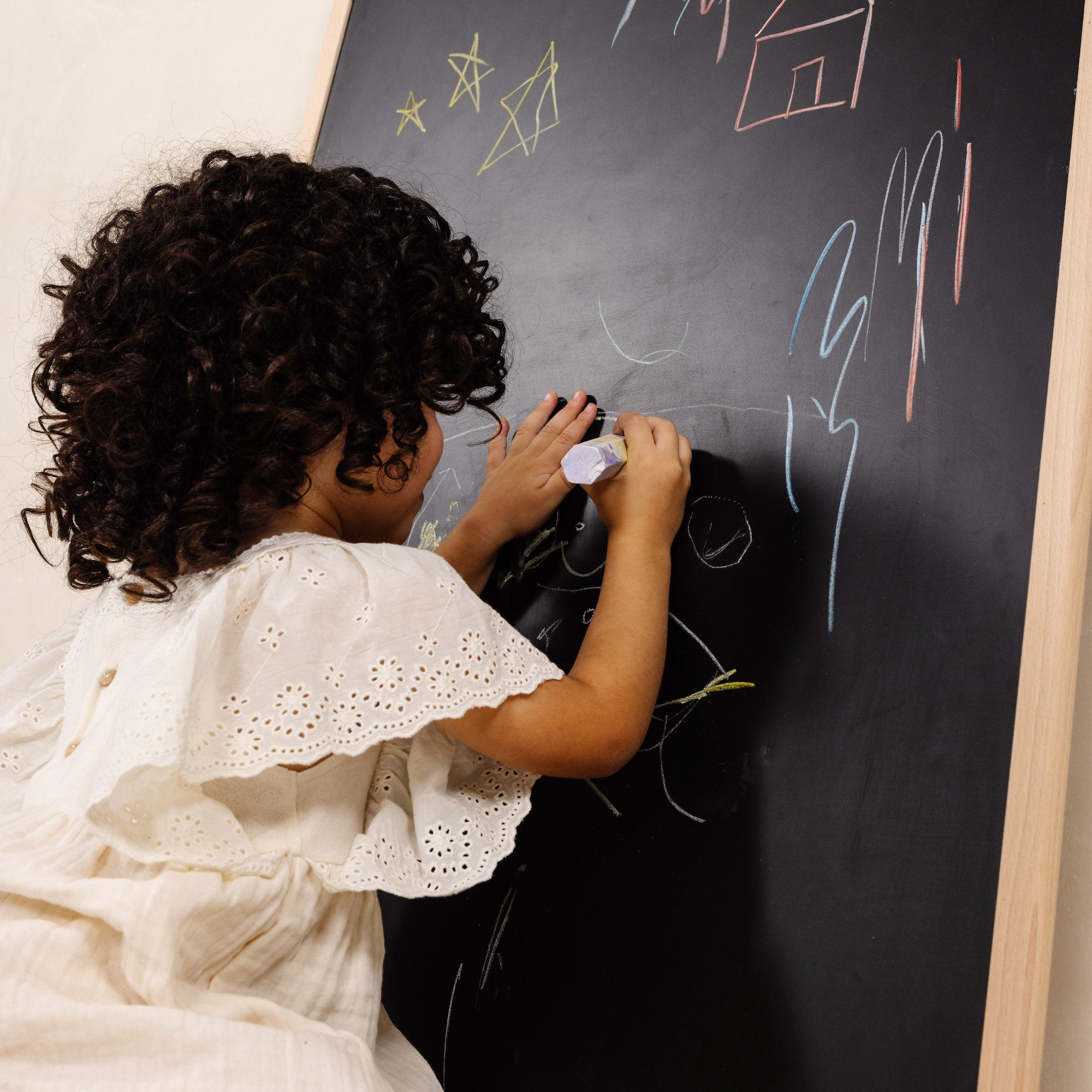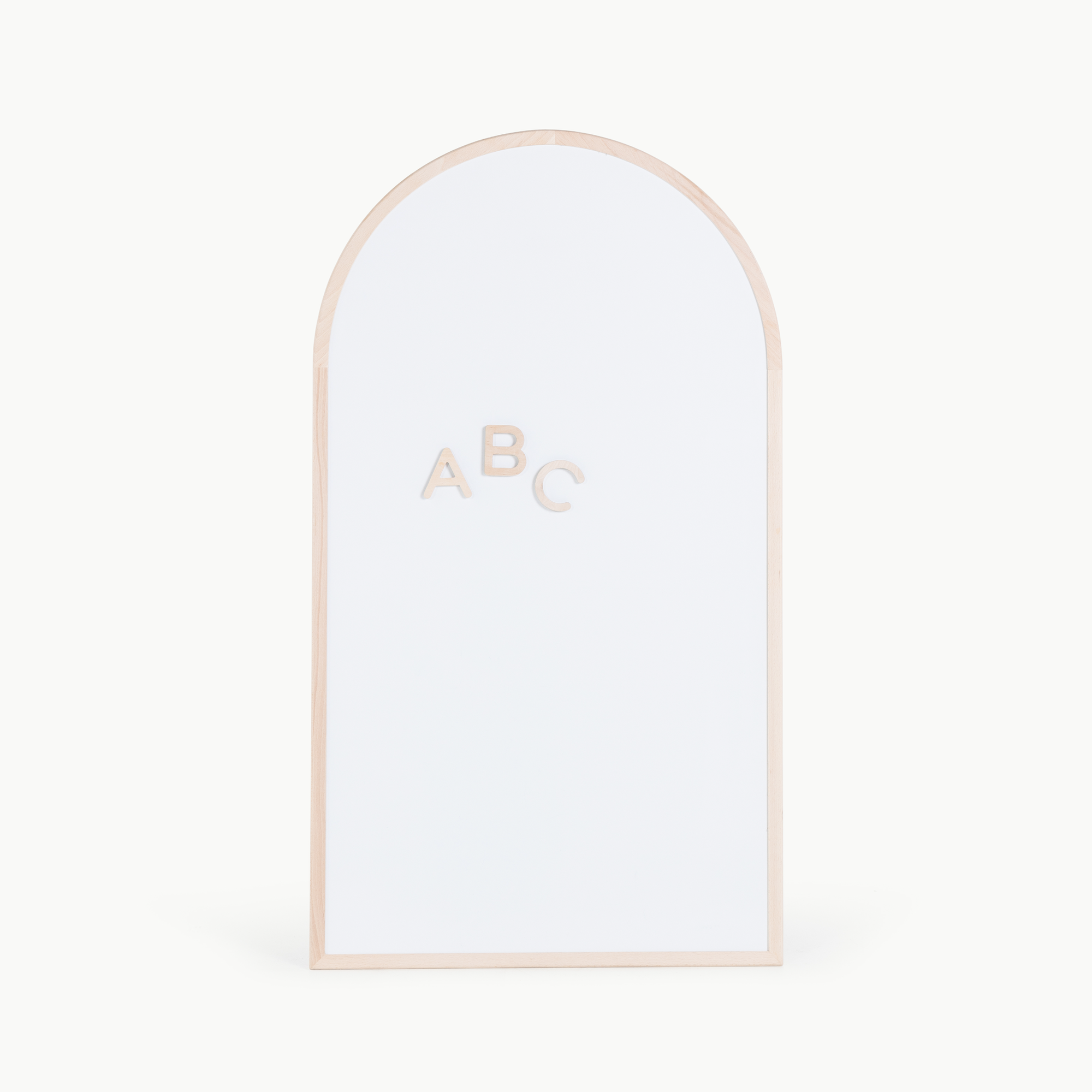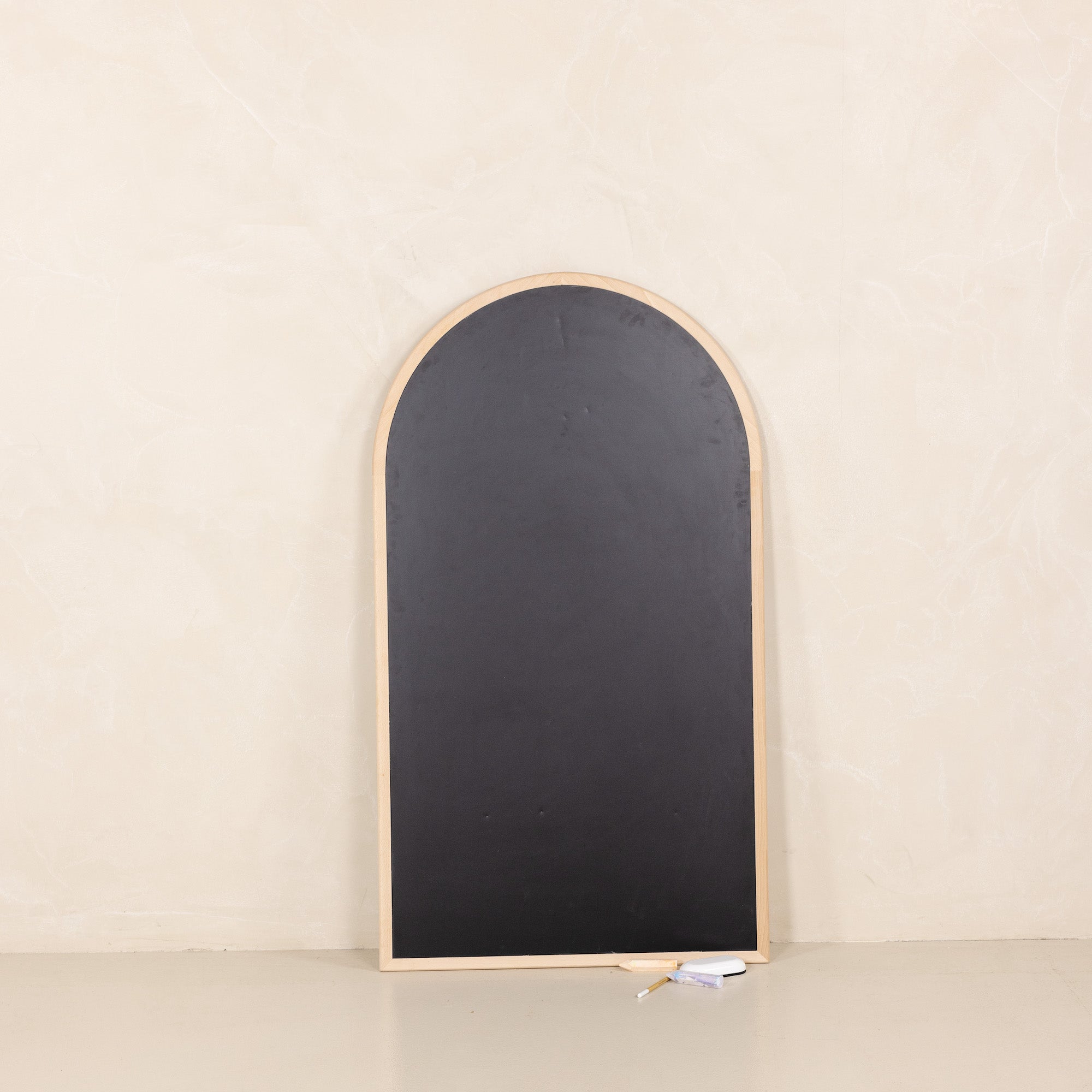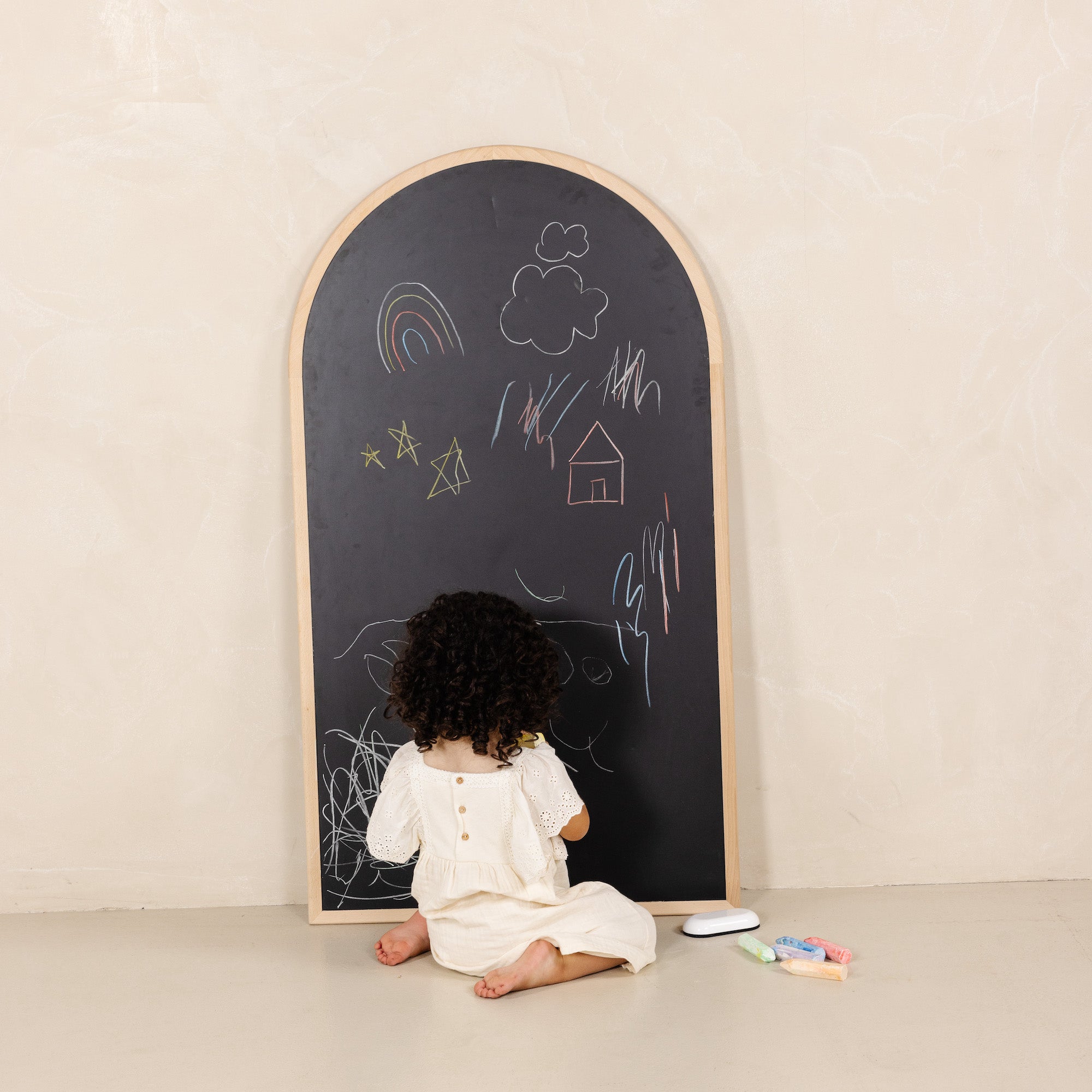January 18, 2021
#GathreGood with Aline and Célia of Sacrée Frangine



G: We absolutely adore what you two do, and that you do it together. What's the story behind your partnership?
SF: Thank you! Actually before being a creative duo, we are first and foremost childhood friends. We have known each other since elementary school and we have grown, evolved and studied together. After graduation we both worked in Parisian design agencies and after some years we felt the need to express our art more. That’s how Sacrée Frangine was born. From a friendship, from two women who love art, colors and share the same values.
G: We see that sisterhood is a theme in your art and your internet presence. What experiences can you share that have made sisterhood, between you two, or others, so sacred to you personally, and so important in your work?
SF: We always felt this bond that united us, first in our friendship and then in a more creative way through our work. We raise each other up. Sisterhood is a place where we feel safe and warm, understood and listened no matter our differences.We both see that bond in all our female relationships and as women we experience it naturally and instinctively on a daily basis. When we listen, when we talk, when we share, when we support, when we laugh. Women who surround us from near to far inspire us and make us grow.
G: We are huge fans of your minimalistic style- if you could only shop from three brands for clothes, what would they be?
SF: Our fashion taste actually looks like our art, we are very addict to monochrome outfits and earthy tones! Let’s pick Olive Clothing for the beautiful colors and their British touch, COS for their minimalist pieces and The Pangaia, our favorite lazy comfy brand.G: Are your living spaces just as neat and beautiful as your art? Are you both pretty tidy or do your homes look like a messy art studio?

G: What would you tell a woman of color who is trying to pursue a creative career?
SF: Creativity is not about colors, age or gender. We will say the same thing to her as to anyone else; go at your own pace, explore, experience. Express yourself, impress yourself. Use your art and share to the world what’s important to you, or simply what you feel. Your way, your energy, your vision.We can also quote Maya Angelou: « You can't use up creativity. The more you use, the more you have. »
G: We are clearly in love with your art style, but what are your other mediums or creative passions behind the scenes?
SF: The best thing about being creatives it’s the joy of discovering new mediums. Our goal isn’t to master everything but we absolutely love the fun of exploring something new. It leads to a rush of new ideas and connections that sends fresh air to our minds. It goes from ceramics to textile art through jewelry. Sky is the limit!G: You’re both very young. What helped you know that this is what you wanted to do, and do you feel like you landed here by luck or by work?
SF: Is youth really an issue? We have never been more fulfilled than since we’re working on Sacrée Frangine. It brought back our youthful passion for art. The thought of it had time to grow during our studies and professional years. Today, we are very thankful for what we have undertaken, and proud to move and warm people with our art.Our success is undoubtedly the combination of a lot of work and a little luck. But what really matters is that our voices are heard through our work, this means of expression is our greatest pride.
G: Have you had a !!! moment where you realized you were doing big things? Did you ever feel looked over or discouraged?
SF: Art is a powerful medium of expression. We realized this in a more intense and personal way during the Black Lives Matter movement. This time we needed to share our frustration with people other than our inner circle. Do not remain silent. These words resonate loudly in our hearts and we needed to say it and to shout it louder than usual. It was the first time that we put words on one of our illustrations but these are words that needed to be affirmed. When we provided this visual, people massively shared it, protested with, added their own words, expressed their experiences or provided useful resources with. It showed us the power we have, as artist and as human to spark emotions, gather and spread a strong message. We experienced that solidarity displayed all over the world can be powerful. We are fortunate to have a very caring community and this support continues to give us strength to advance even further.

G: How have you navigated the recent focus on racial injustice that has been ringing throughout the world? How has it impacted you each personally, your work and your relationship?
SF: Racism is not new or recent. These injustices have always existed and have always been a reality for black community who endured these injustices in so many different ways for hundreds of years. So sadly it’s still painful but it’s not a big news for black and brown people. One of us is half beninese/half french and the other half algerian/half dutch. One of us is seen as a brown woman and the other as a white. We questioned ourselves about our privileges and colorism but we know that we can live different experiences only because of our origins and our skin color. Our works looks like us and diversity has always naturally be part of our art, but today more than ever we realized the importance of showing this diversity in art, culture and all fields.G: What is the light at the end of the tunnel, if you will, for racial injustices that have been going on, and are still going on to this day?
SF: James Baldwin said “Not everything that is faced can be changed, but nothing can be changed until it is faced.” It’s so true. We will start to take a more positive direction the day the world admits the magnitude of the oppression we are facing. Baby steps.

G: We believe that one of the most powerful tools we have for a bright future is raising our children to be actively anti-racist, in hopes that the next generation can eradicate hate. What are some of the most important qualities you would want to instill in your own children one day?
SF: Indeed we think education is the key. We have to teach our kids to be actively anti-racist and it can be by many ways. The representation of minorities is very important and diversity must be encouraged as much as possible from an early age. If people can learn to hate, our children must be taught to love, to listen, to accept. But also to be outraged, conscious and to acknowledge their privileges if there are any.G: Lastly and most importantly: If you could tell everyone, of all races and ethnicities one thing to try to unite us in understanding for each other, what would it be?
SF: Last quote but not least! As artists, words are not our main tool to express our feelings but this quote from Marian Wright Edelman translates perfectly our states of mind: « Education is for improving the lives of others and for leaving your community and world better than you found it. »We firmly believe that education is the best language to gather people and to bring us together on a ground of understanding and mutual respect. We can only encourage people to learn and listen, to bring awareness, to share place with others. Ignorance too often leads to contempt and hatred.
